Sunday marked Saint James day in the Graciosa Bay, and a big celebration was unravelling in the villages to the south of the bay. We’d gone on Saturday for coffee at Paul’s house (our guide from our first day in Lata). Paul and his friend Dudley told us that we were very welcome to attend the ‘feasting’ the following day. As we walked through the village the smell of sweet potato permeated out of the native style houses through their woven walls. 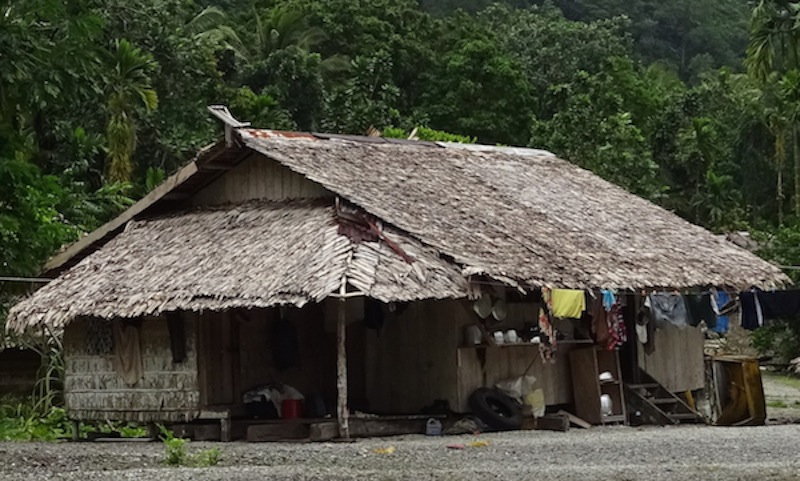 Children chased chickens to be killed for the feast and teenage boys put their muscles into squeezing coconut oil out the flesh to form the basis of the local dishes.
Children chased chickens to be killed for the feast and teenage boys put their muscles into squeezing coconut oil out the flesh to form the basis of the local dishes.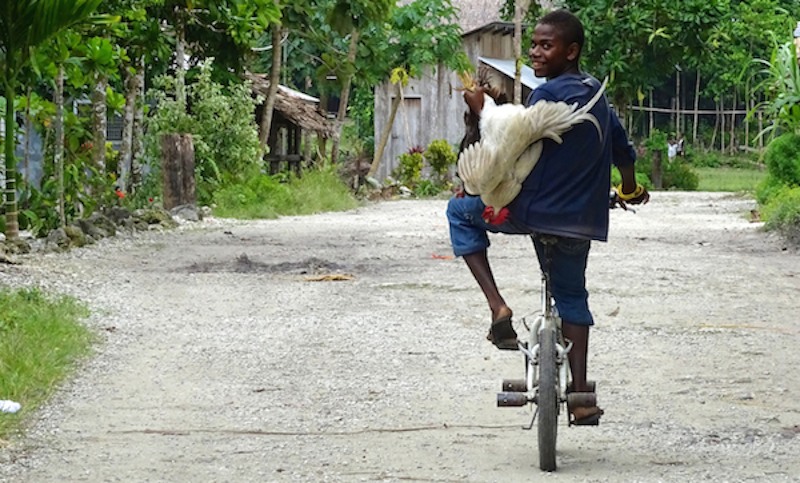
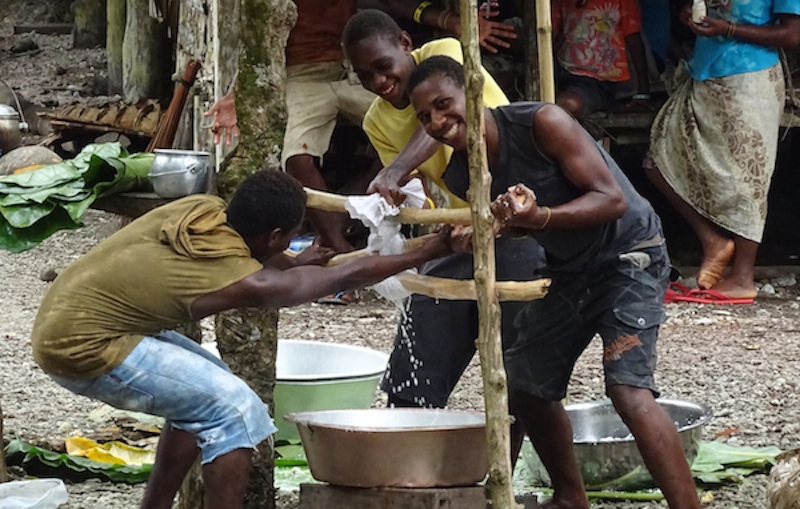 Lured by the chance to experience some culture and Solomon’s cuisine we gratefully accepted Paul’s invitation. Embarrassingly by virtue of being the only white New Zealanders in town Robin and I found ourselves mentioned in every speech as well as positioned at the head table for the feast, next to the bishop and other dignitaries.
Lured by the chance to experience some culture and Solomon’s cuisine we gratefully accepted Paul’s invitation. Embarrassingly by virtue of being the only white New Zealanders in town Robin and I found ourselves mentioned in every speech as well as positioned at the head table for the feast, next to the bishop and other dignitaries. 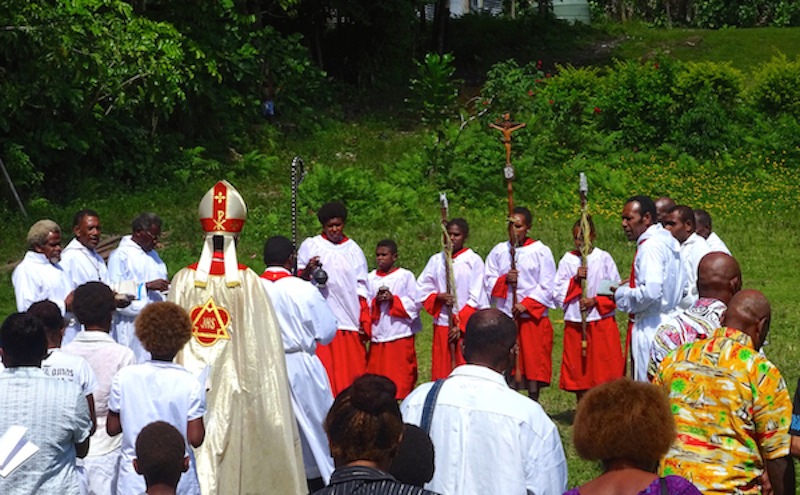 The day started at 730am with a two-hour church ceremony – I say ceremony and not service as the whole occasion was a well-executed performance of candle lighting, singing, chanting, sermon and praying. A lady and young boy clothed in red and white regalia distributed smoke over the congregation to add to the atmosphere. The Anglican missionaries seem to have exceled in their conversion of the entire Graciosa bay.
The day started at 730am with a two-hour church ceremony – I say ceremony and not service as the whole occasion was a well-executed performance of candle lighting, singing, chanting, sermon and praying. A lady and young boy clothed in red and white regalia distributed smoke over the congregation to add to the atmosphere. The Anglican missionaries seem to have exceled in their conversion of the entire Graciosa bay.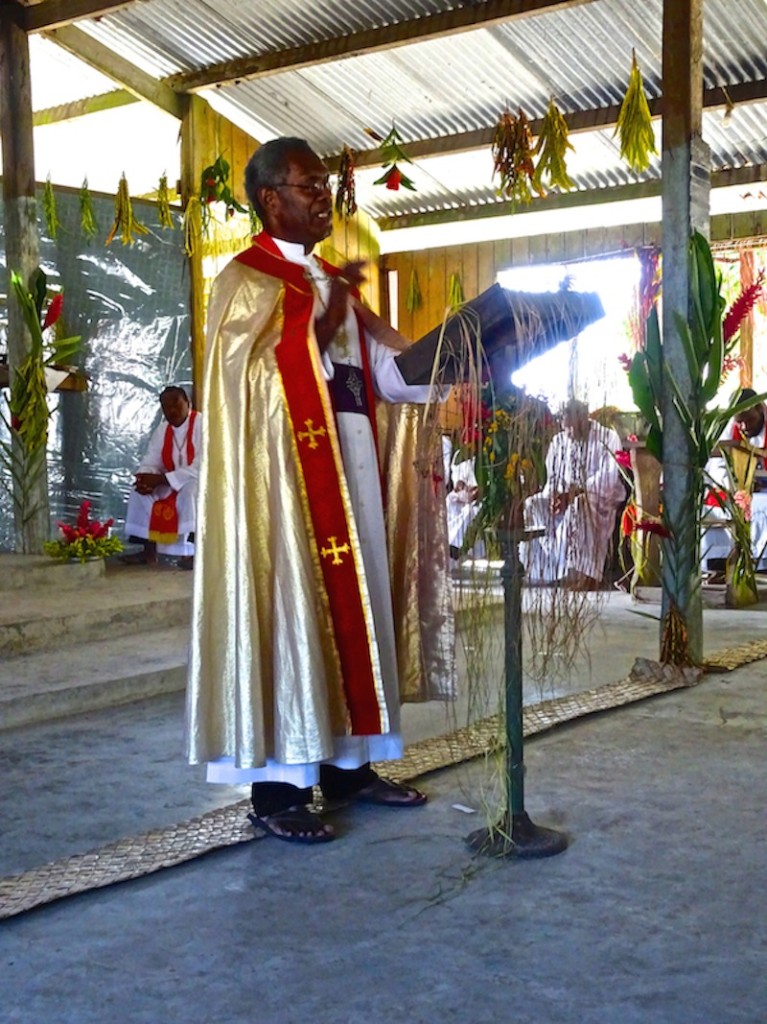 The whole community was involved, even the well-dressed kids coming forward for their bread and wine at the end of the service – their frizzy hair somewhat tempered for the occasion.
The whole community was involved, even the well-dressed kids coming forward for their bread and wine at the end of the service – their frizzy hair somewhat tempered for the occasion. 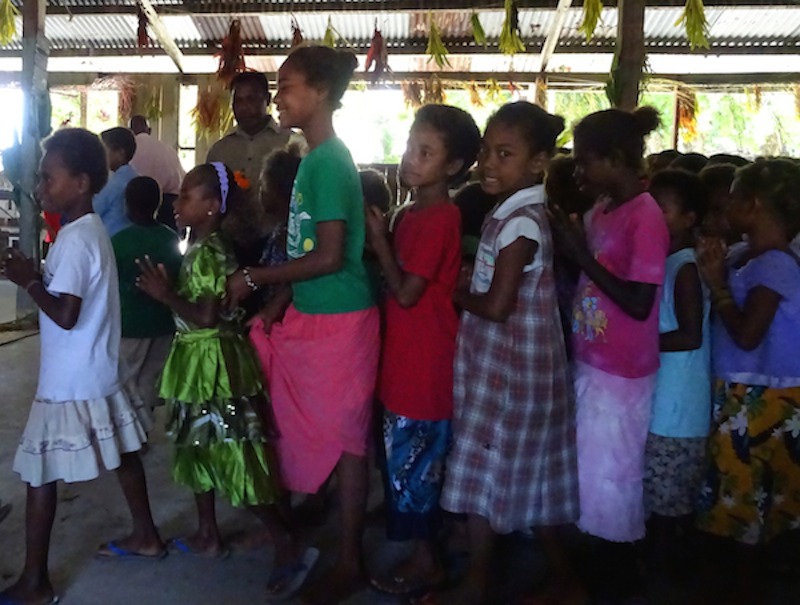
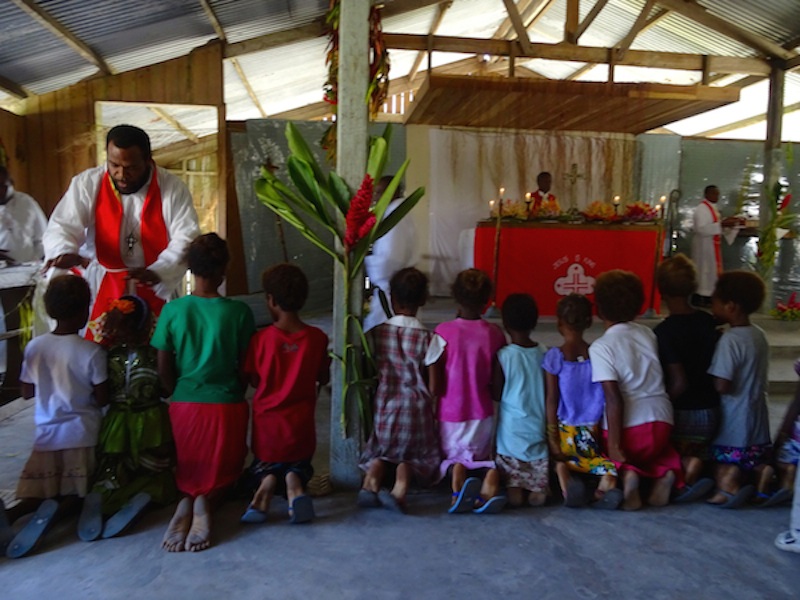 We emerged from the church slightly sore from the fifteen minutes kneeling on the concrete floor in pidgin English prayer. As we were in the front row it was hard to escape the watchful eye of the bishop!
We emerged from the church slightly sore from the fifteen minutes kneeling on the concrete floor in pidgin English prayer. As we were in the front row it was hard to escape the watchful eye of the bishop!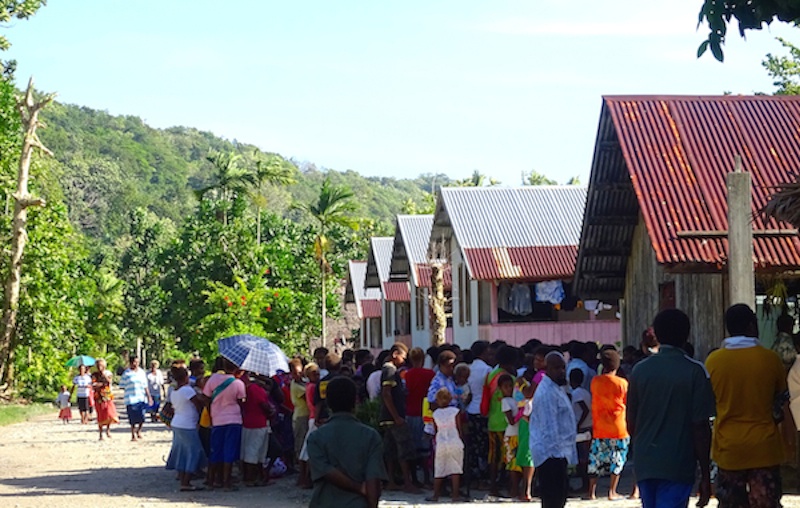
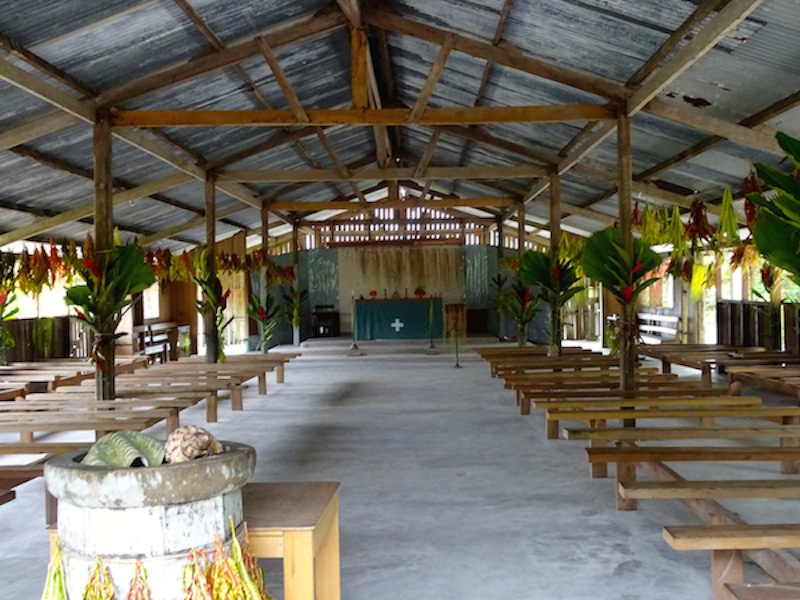 We crossed a football field leading up to the school where we sat in a large native style classroom for the feast.
We crossed a football field leading up to the school where we sat in a large native style classroom for the feast. 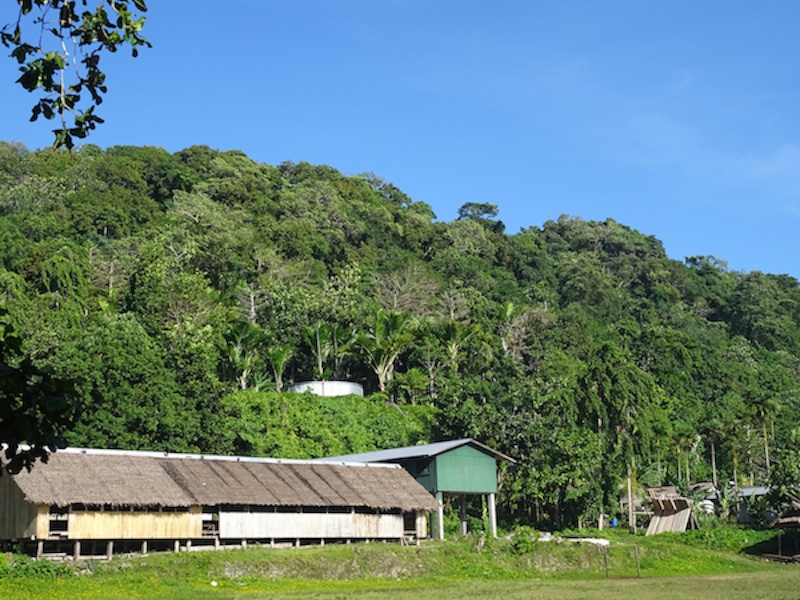 Our plate was packed with a chicken dish, fish curry, sweet pork with spring onions and vegetables as well as baked sweet potato, taro, rice and watermelon to finish. I sat next to a guy who had addressed us with a refreshing ‘Kia Ora mate’. He was the tourism officer and had spent some time in Rotorua doing a tourism management course. Robin sat next to the bishop who was a really down to earth guy who had also spent some time in New Zealand.
Our plate was packed with a chicken dish, fish curry, sweet pork with spring onions and vegetables as well as baked sweet potato, taro, rice and watermelon to finish. I sat next to a guy who had addressed us with a refreshing ‘Kia Ora mate’. He was the tourism officer and had spent some time in Rotorua doing a tourism management course. Robin sat next to the bishop who was a really down to earth guy who had also spent some time in New Zealand.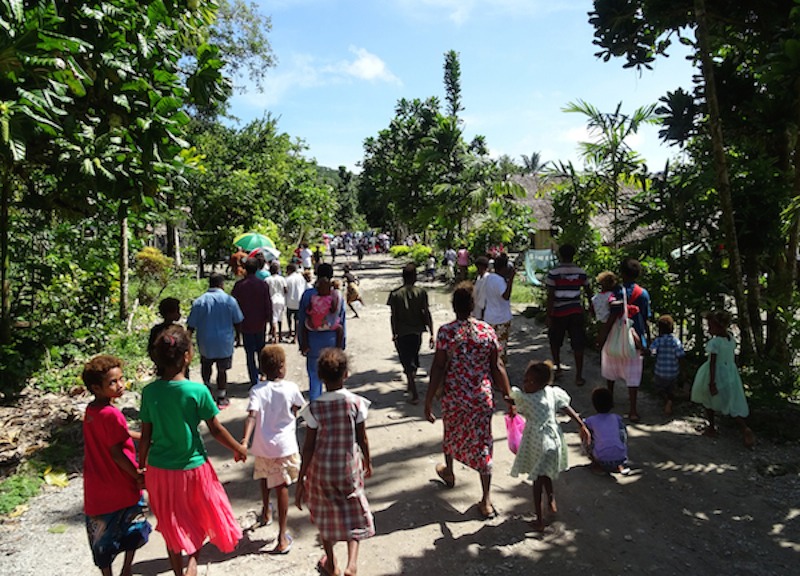 After the ‘feasting’ we had to endure speeches from half a dozen members of the community, without fail each of them thanking us for being the first boat to join them on Saint James day.
After the ‘feasting’ we had to endure speeches from half a dozen members of the community, without fail each of them thanking us for being the first boat to join them on Saint James day. I made the mistake of telling someone that I lived near Kohimarama which was where they had a brother church in New Zealand. All of a sudden I found myself on the megaphone having to explain what the ‘village’ of Kohimarama was like. I said that there was also ocean near our village, and a volcano island offshore, but that there were more cars on the road and less people walking. I think they got the gist.
I made the mistake of telling someone that I lived near Kohimarama which was where they had a brother church in New Zealand. All of a sudden I found myself on the megaphone having to explain what the ‘village’ of Kohimarama was like. I said that there was also ocean near our village, and a volcano island offshore, but that there were more cars on the road and less people walking. I think they got the gist.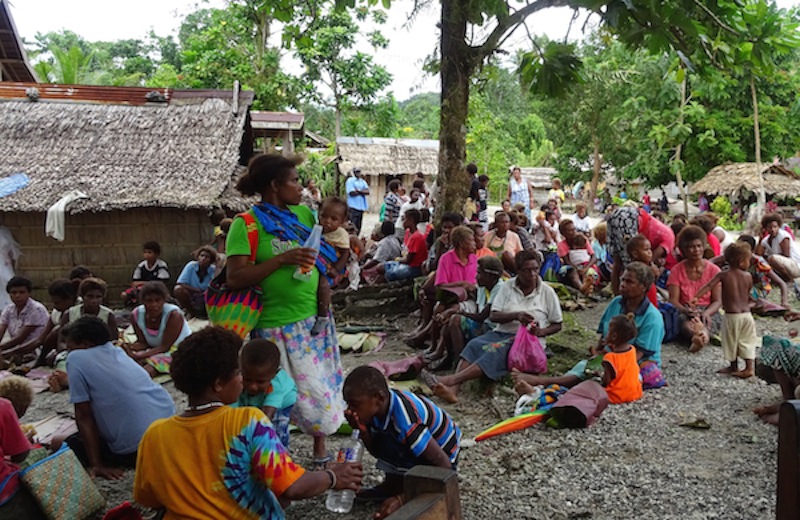 We got back to the boat about 4pm, full to the brim of feast and Solomon’s culture.
We got back to the boat about 4pm, full to the brim of feast and Solomon’s culture.
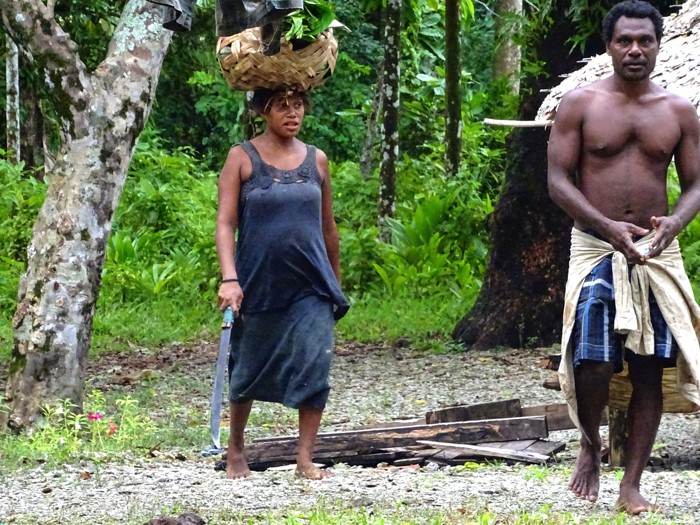
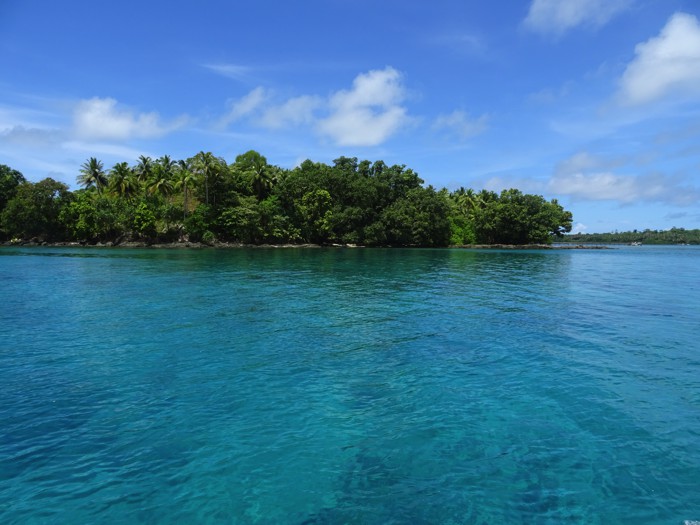
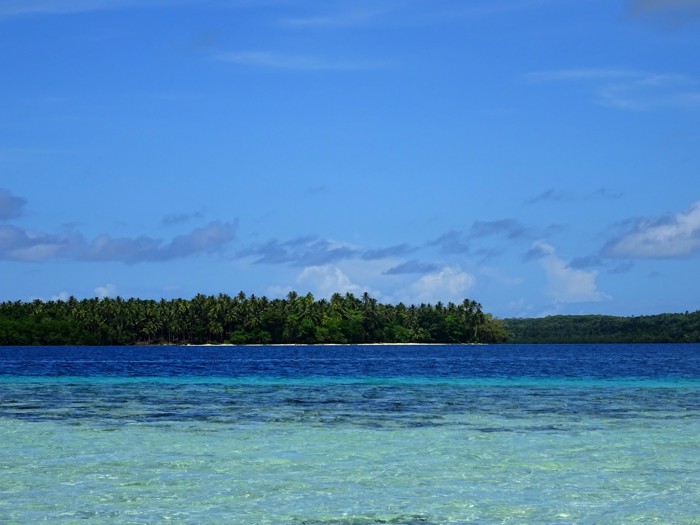
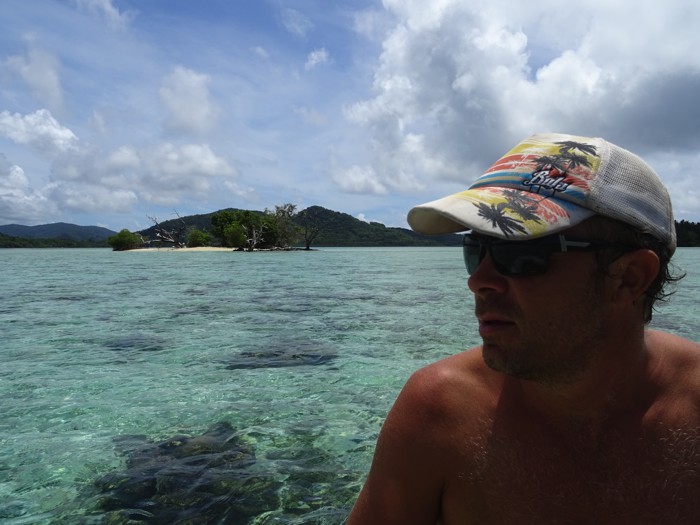
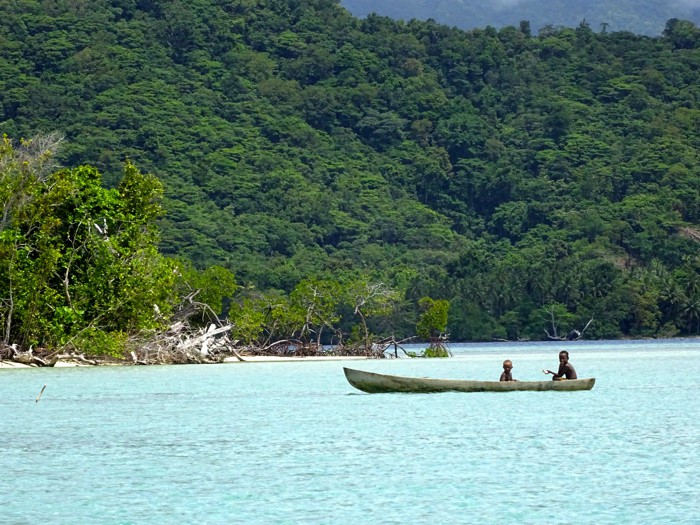
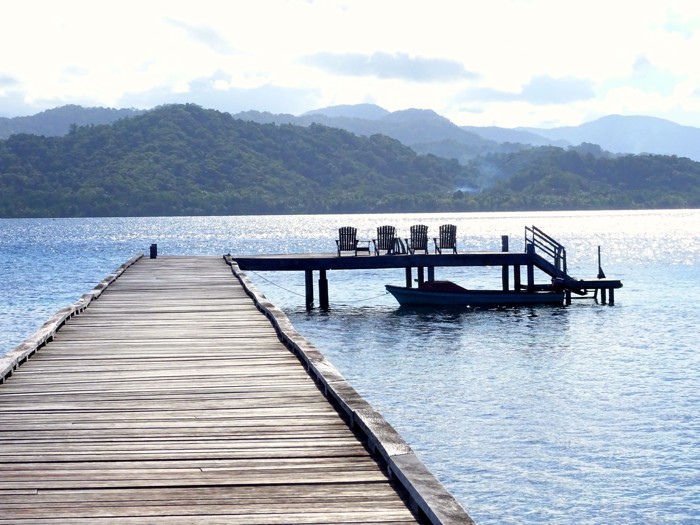
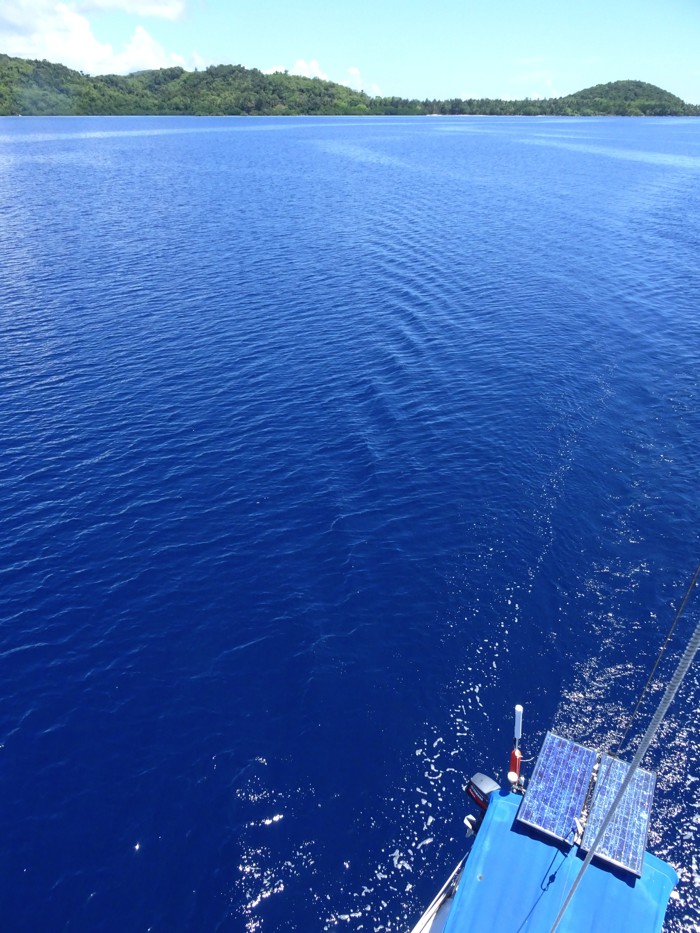
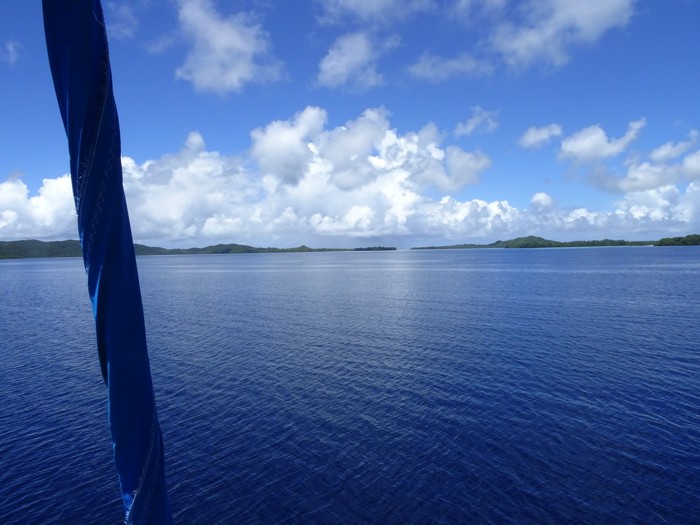
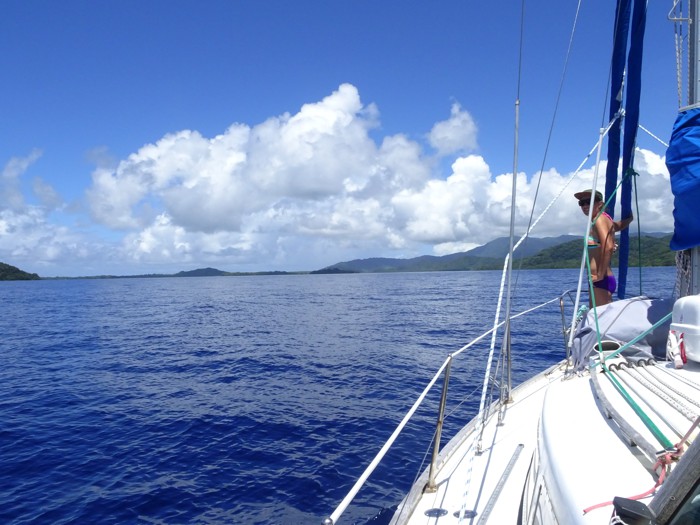
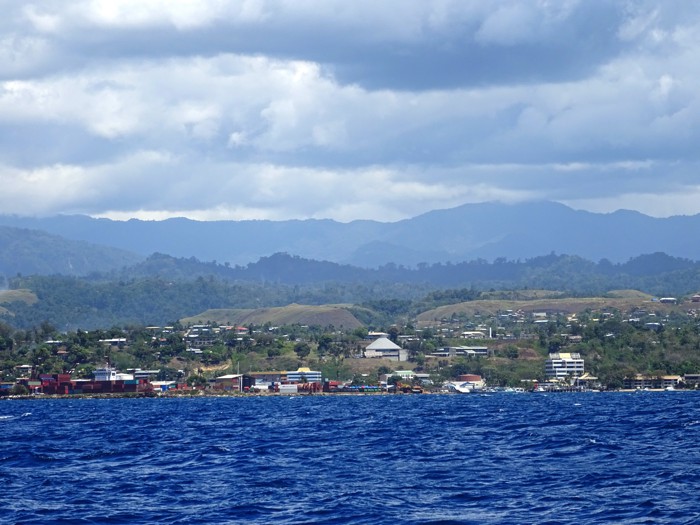
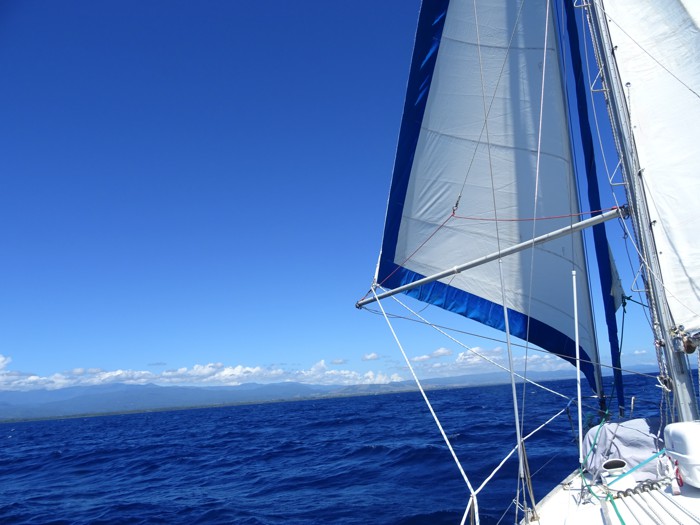
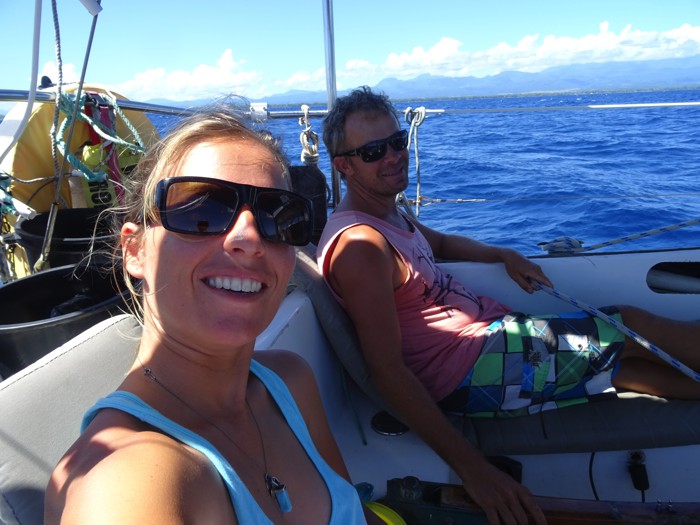
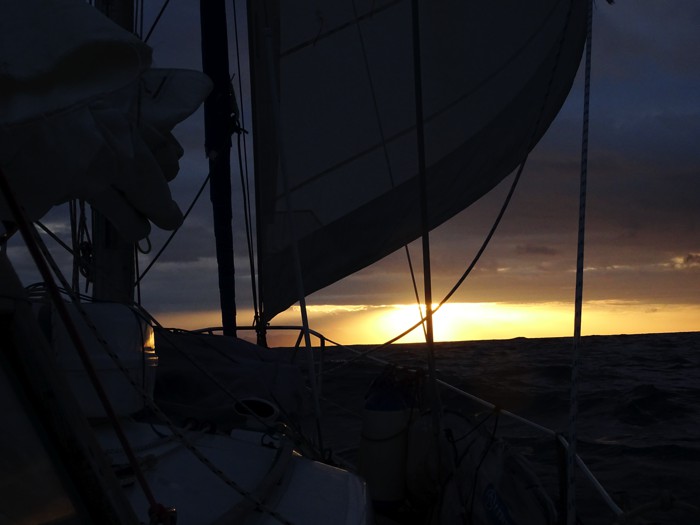
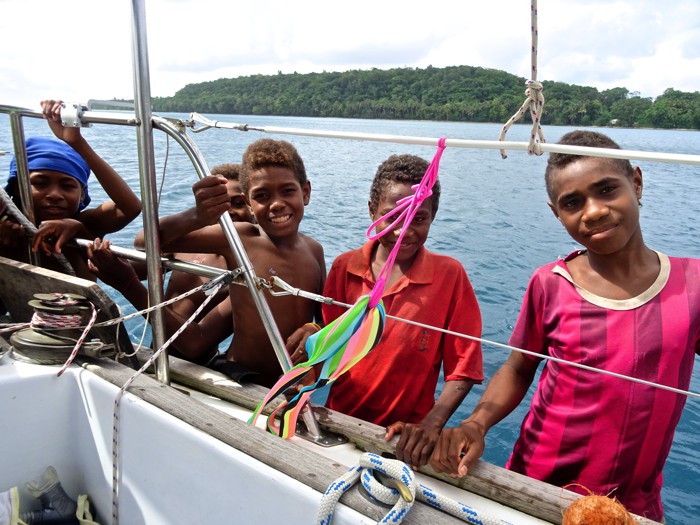
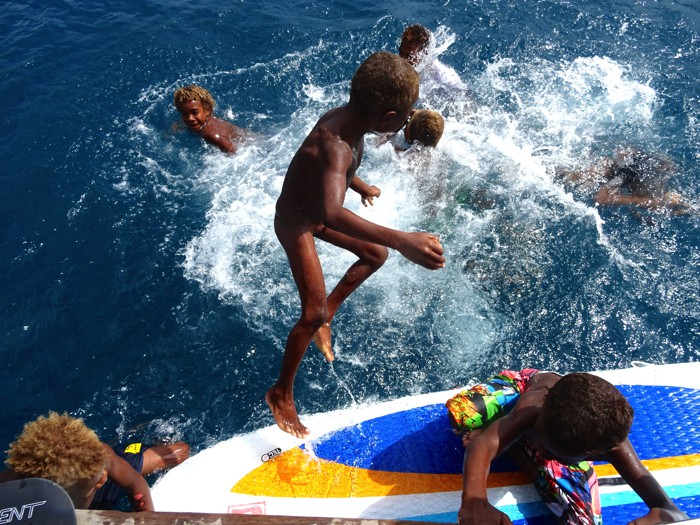
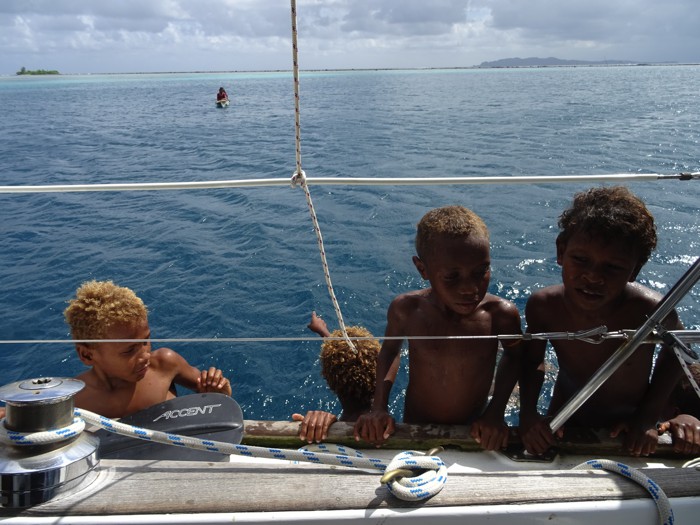
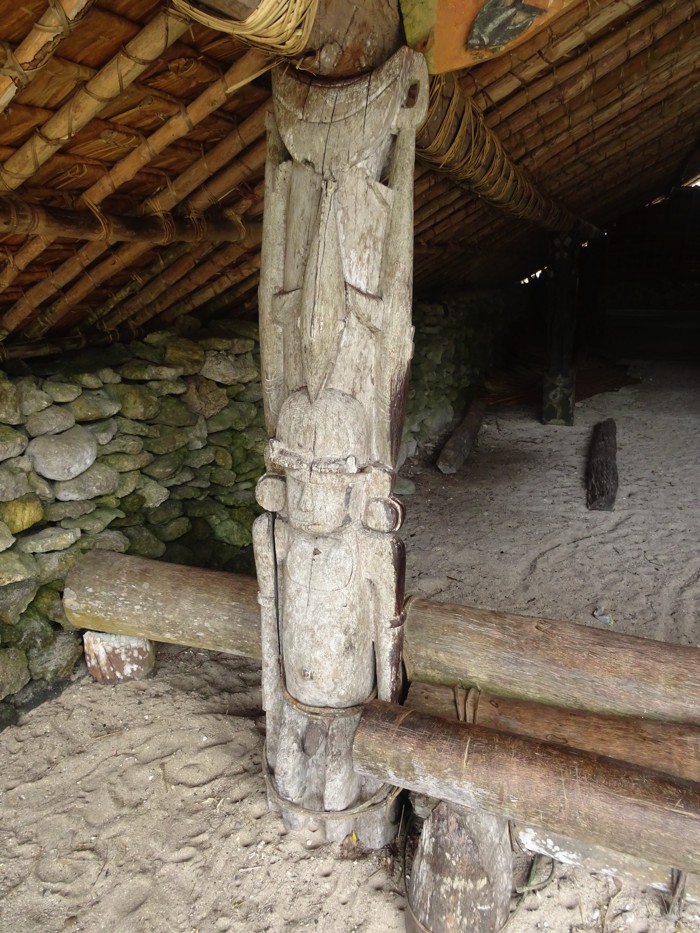
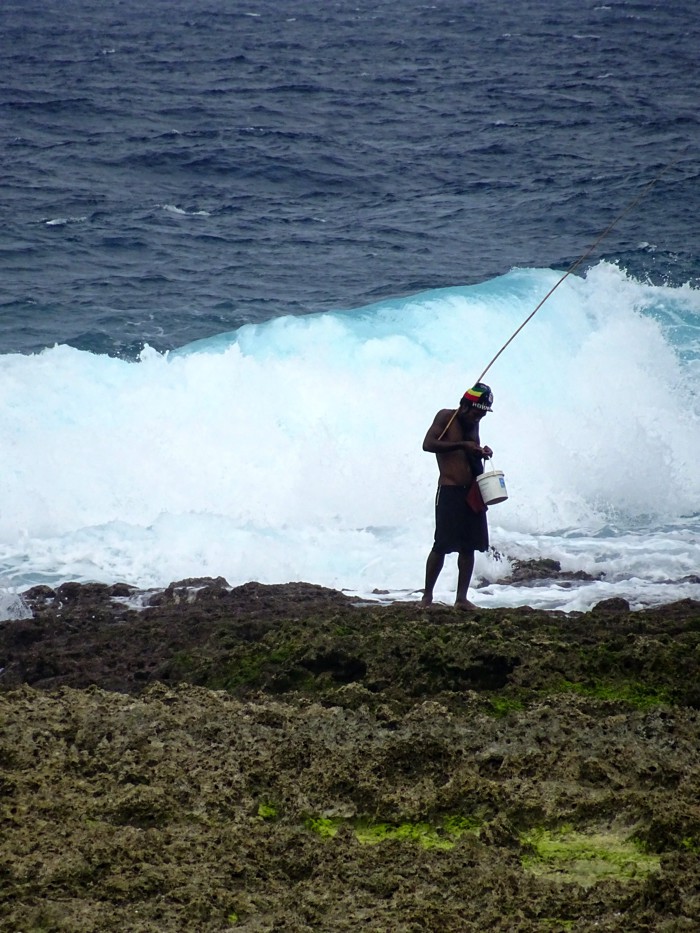
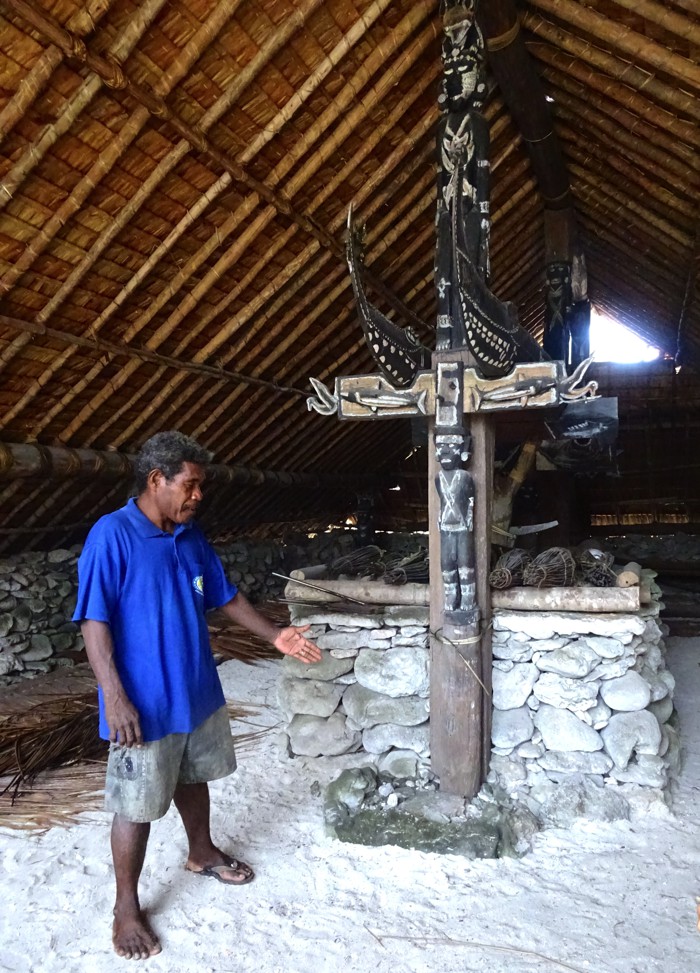
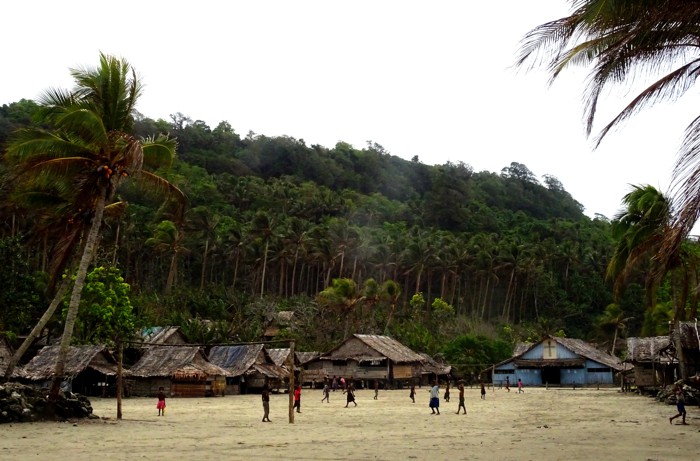
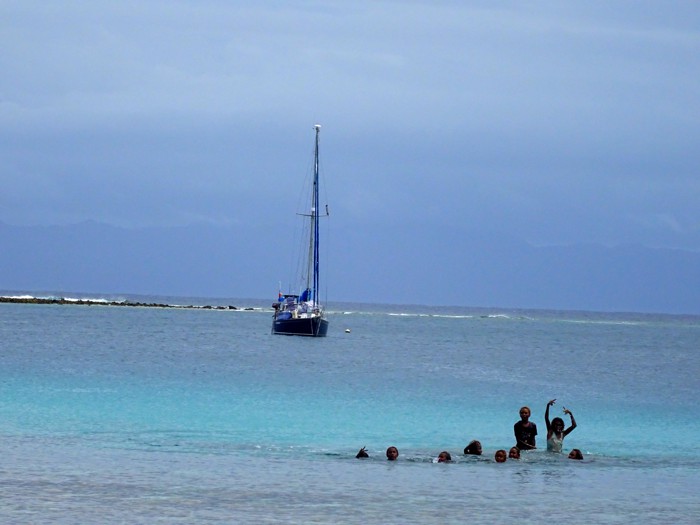
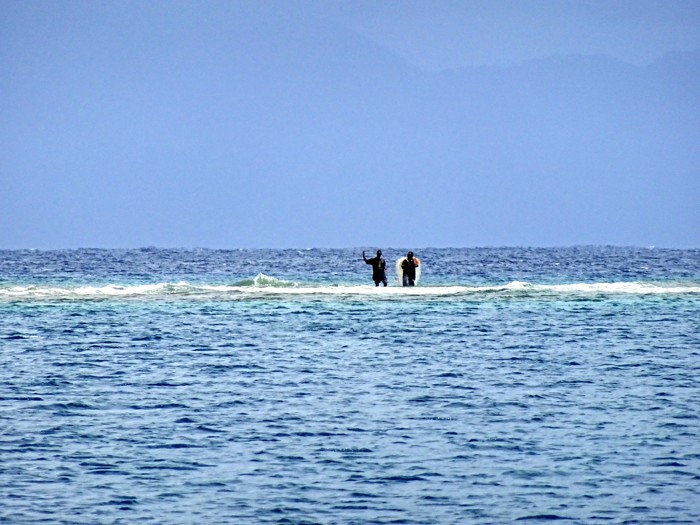
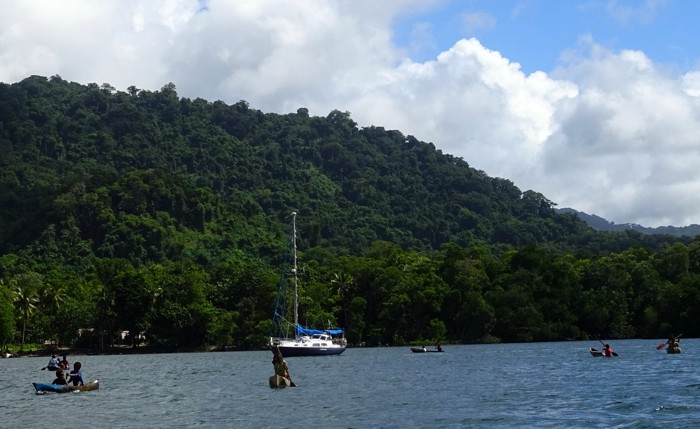
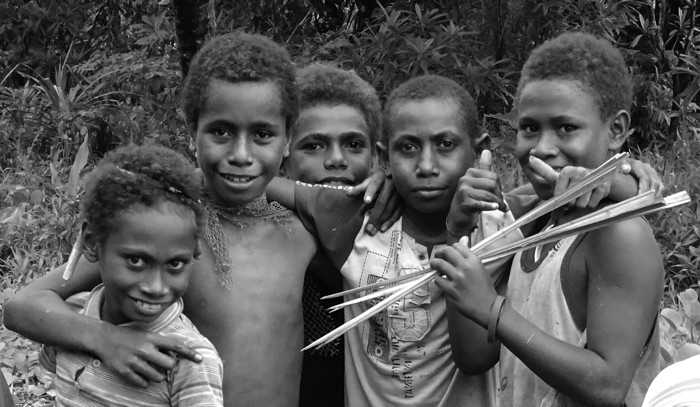
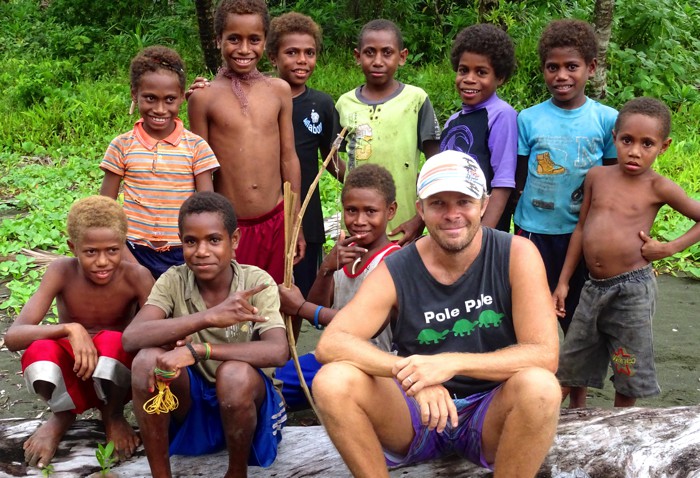
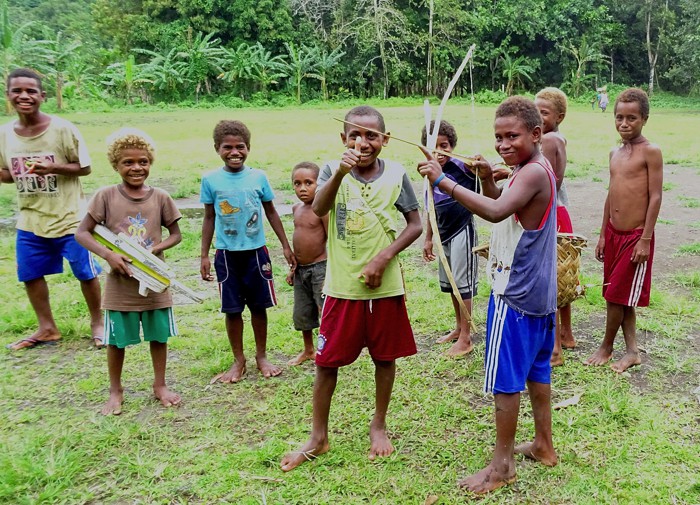
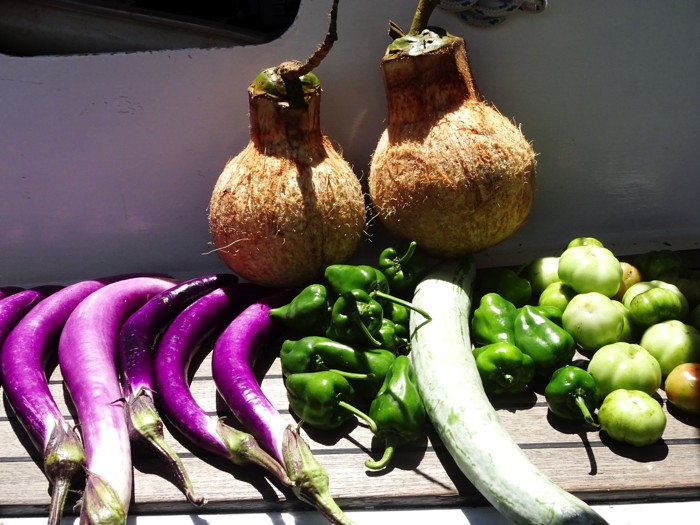
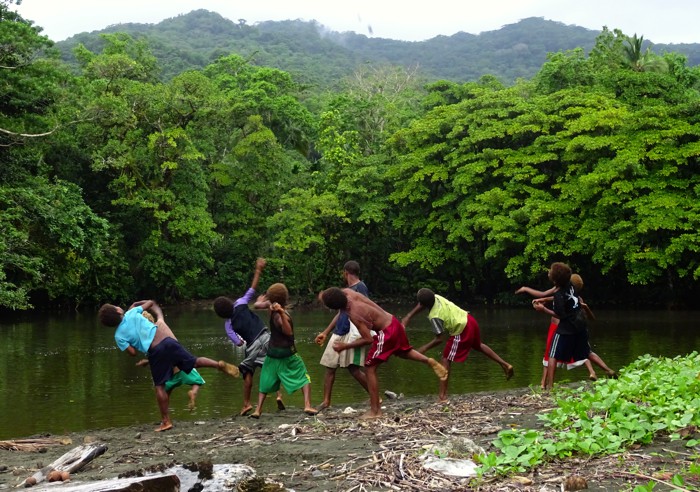
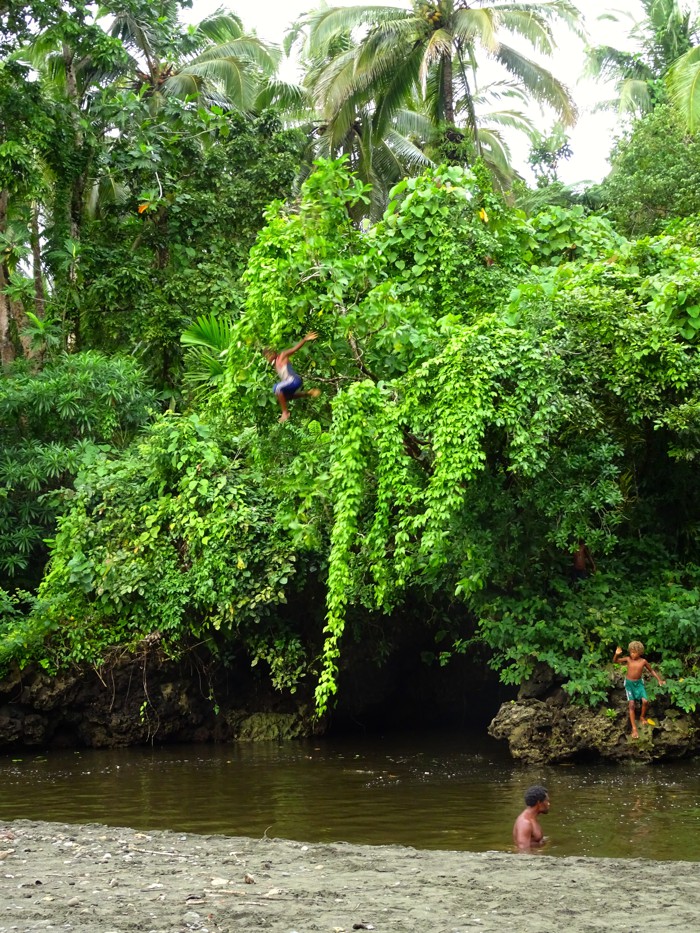
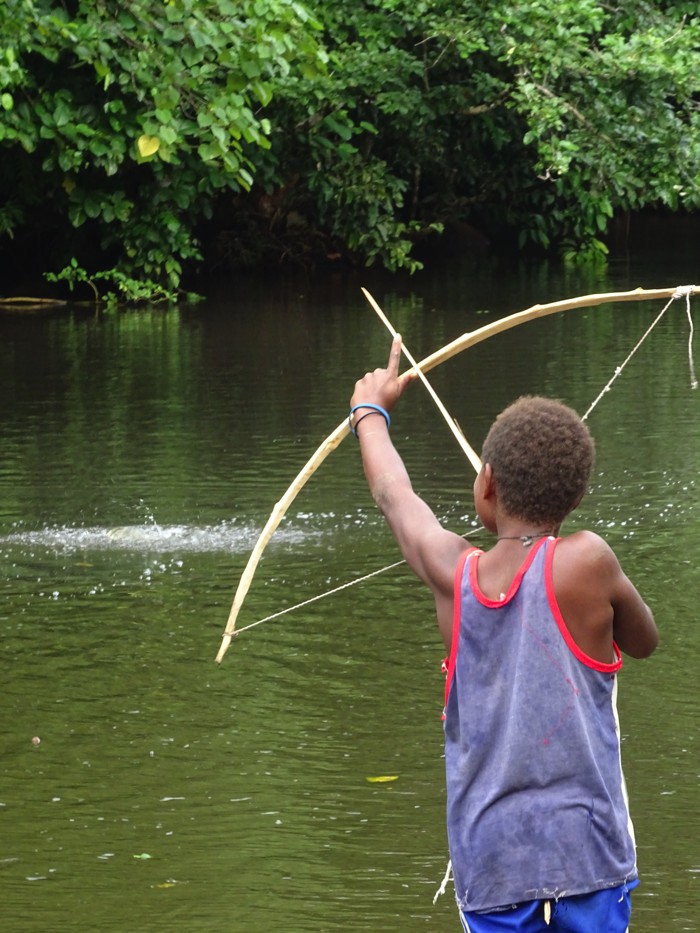
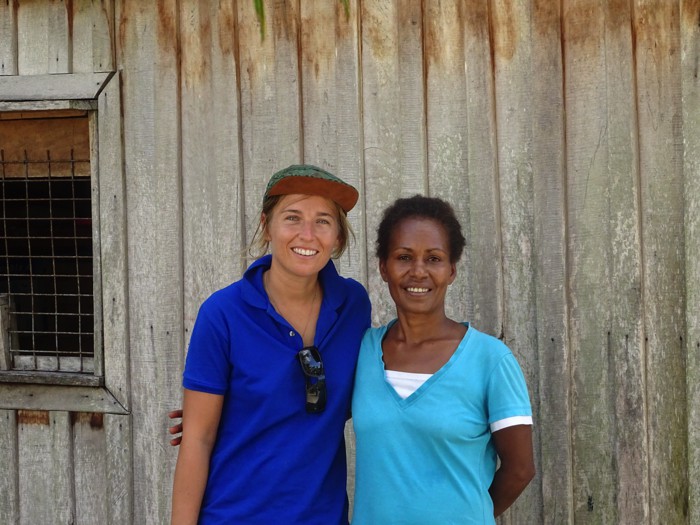
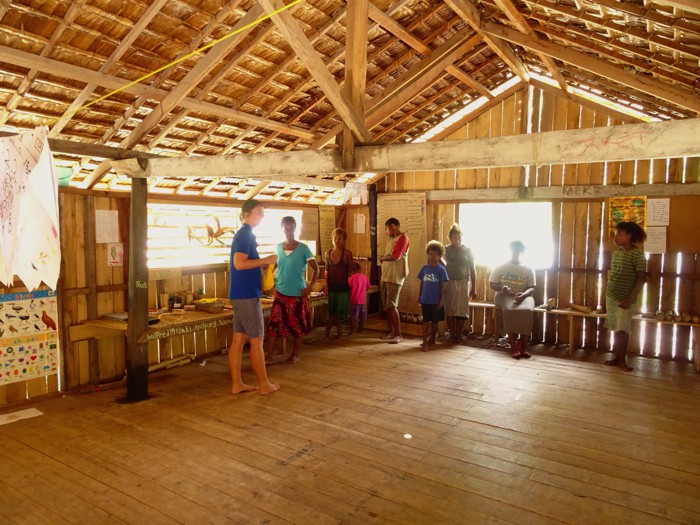
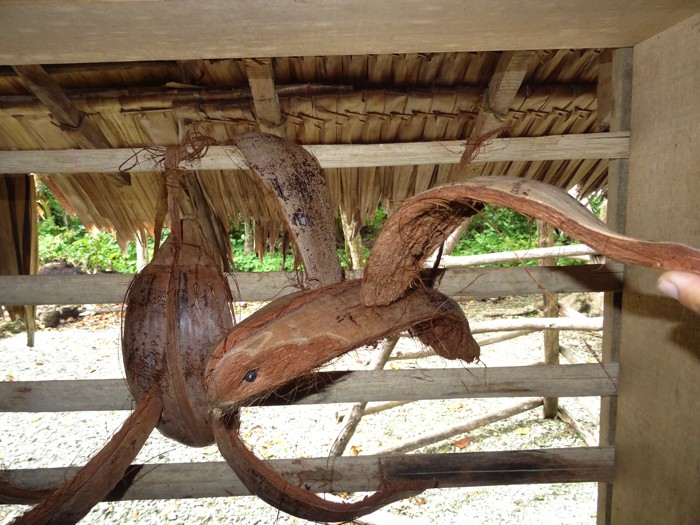
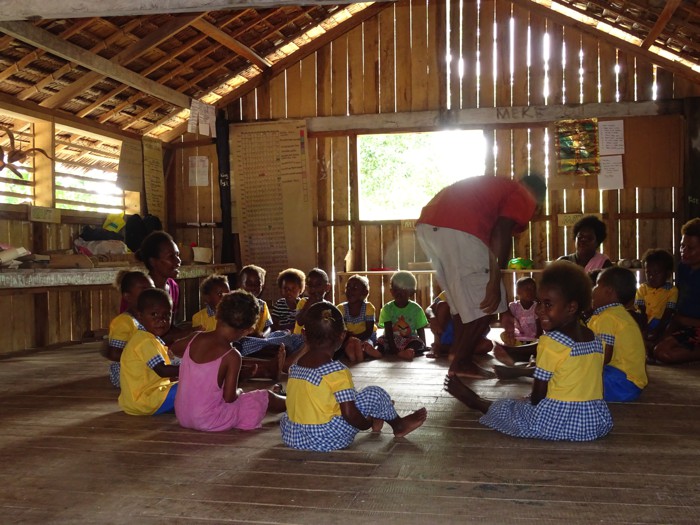
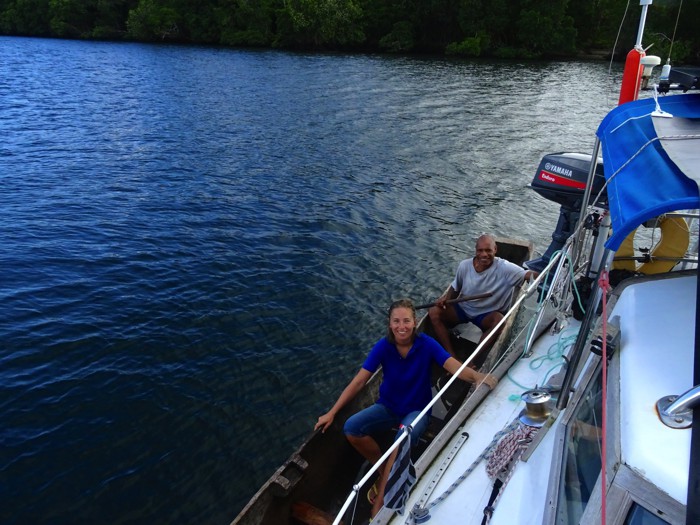
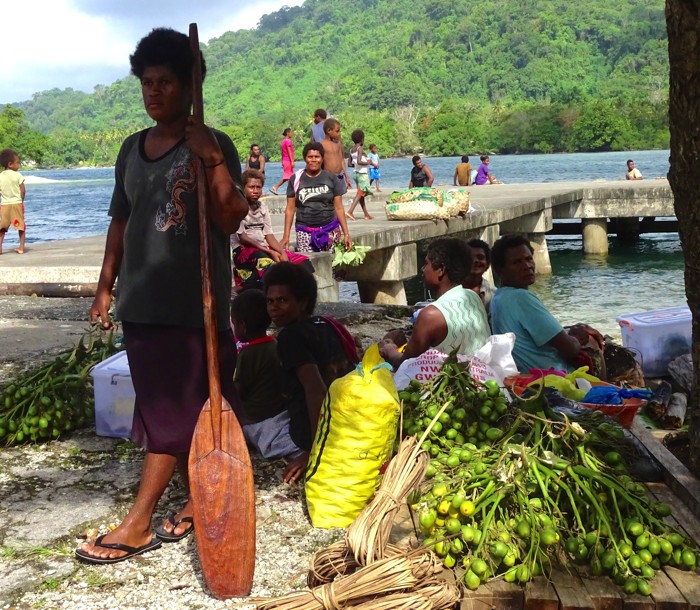
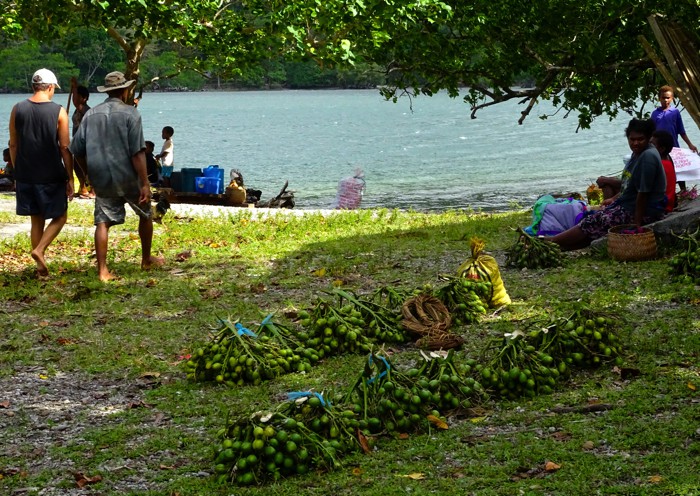
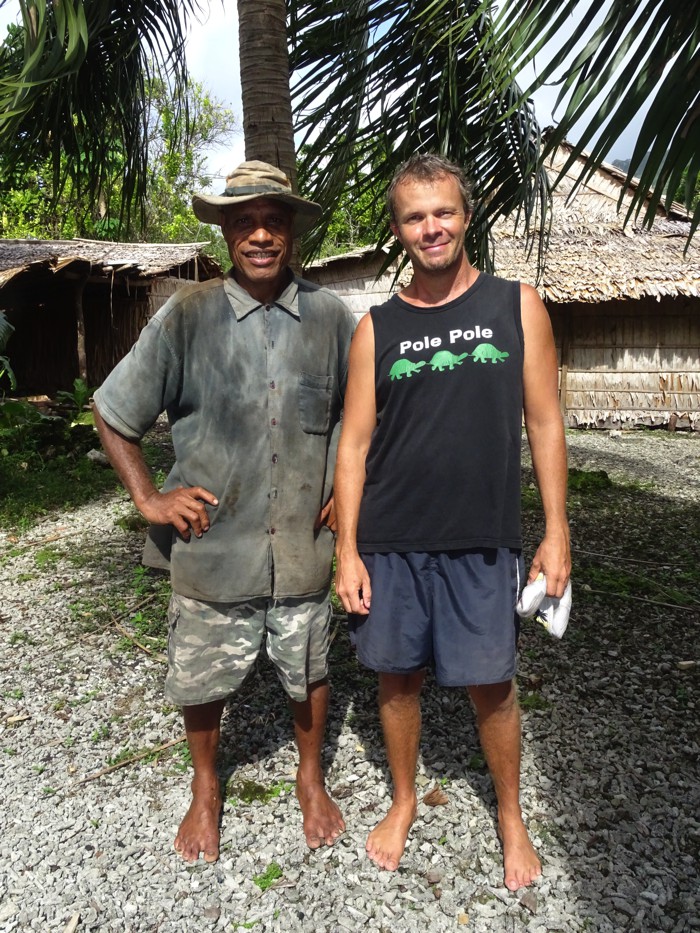
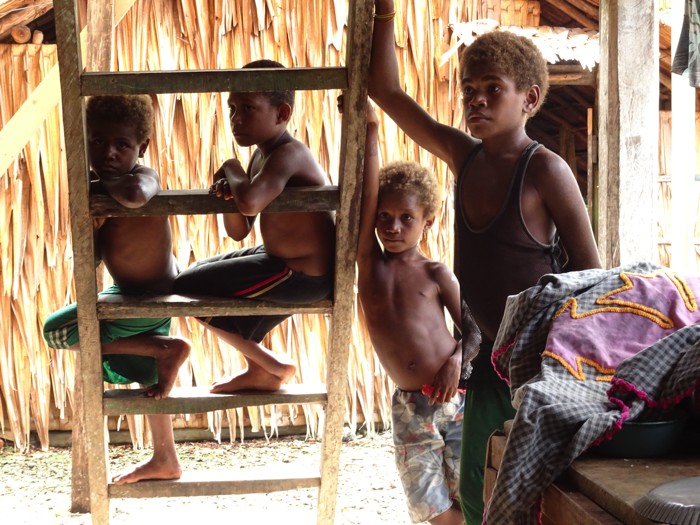
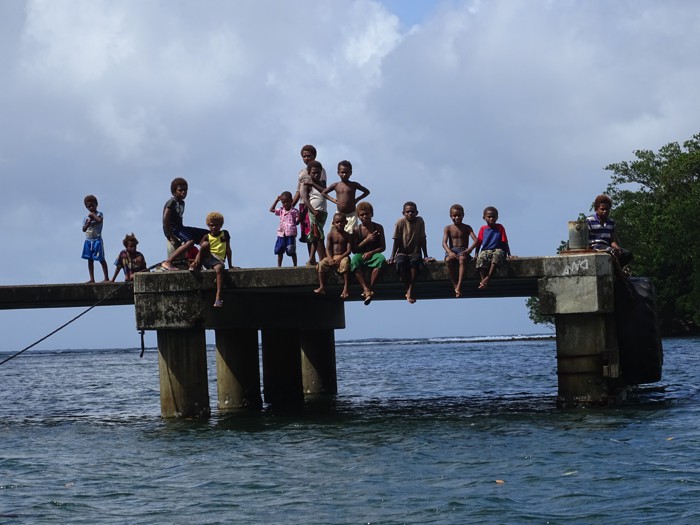
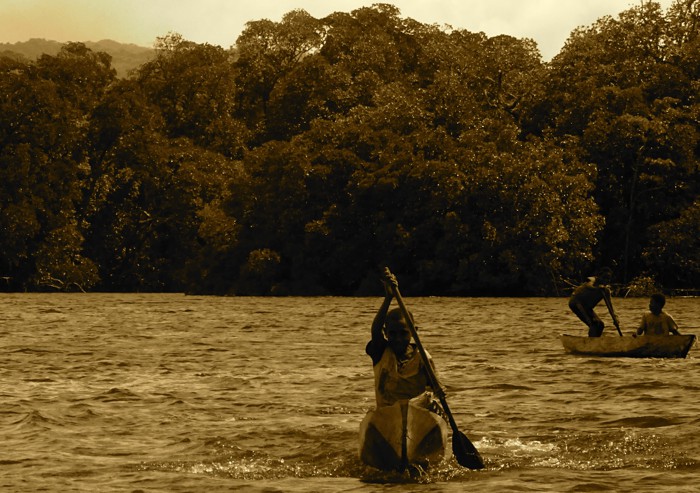
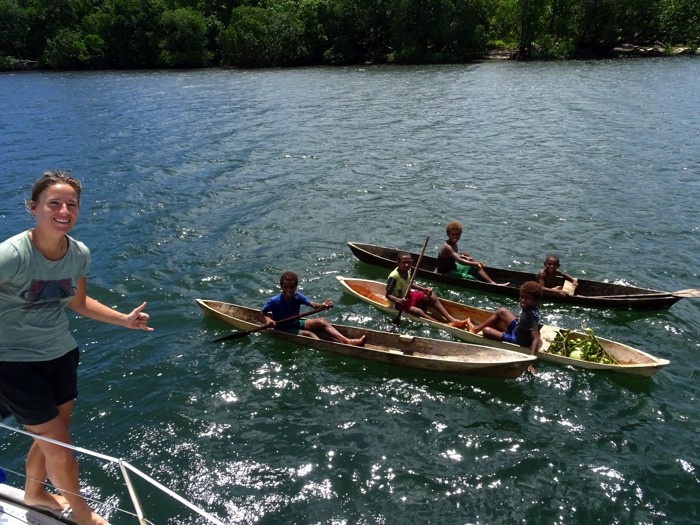
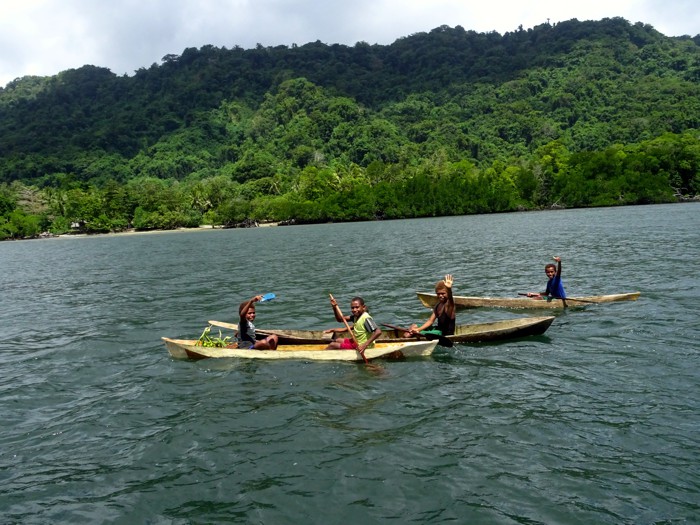
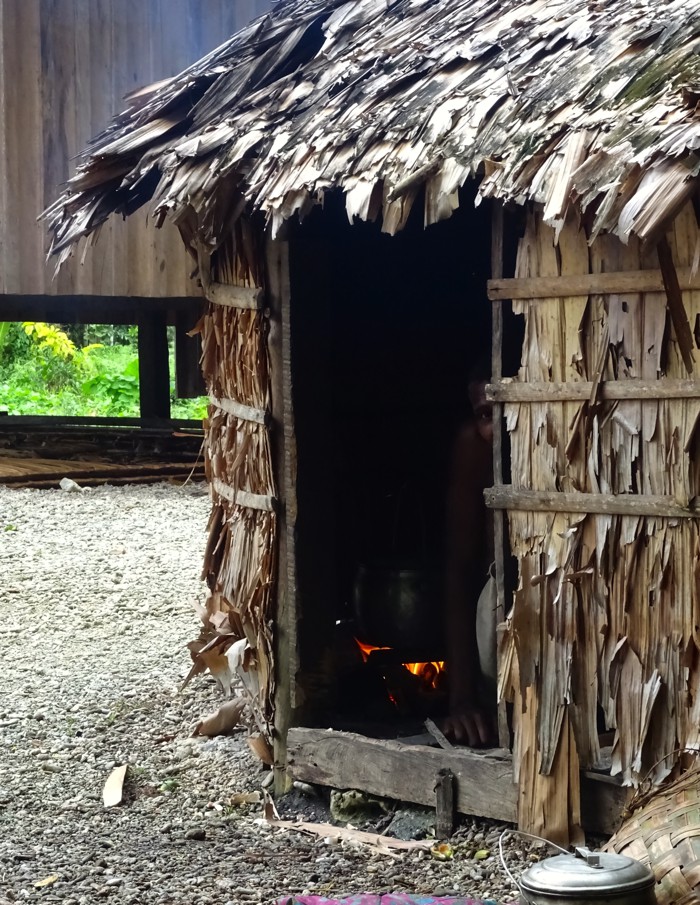
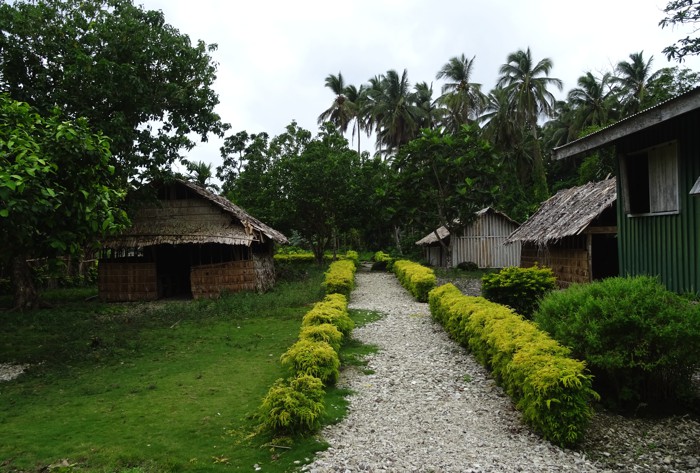
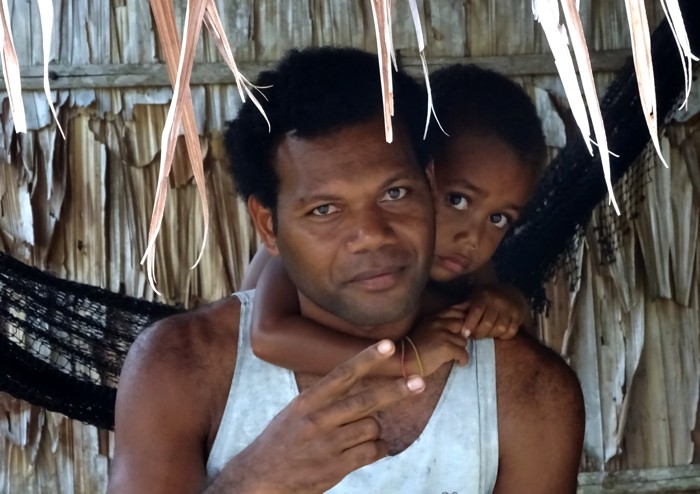
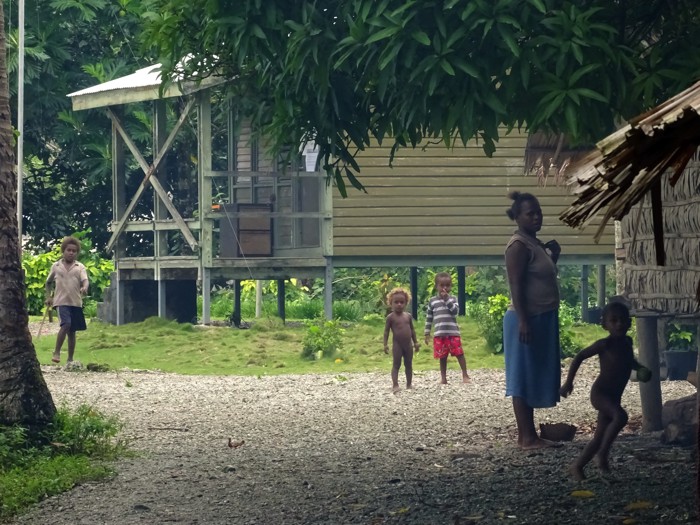
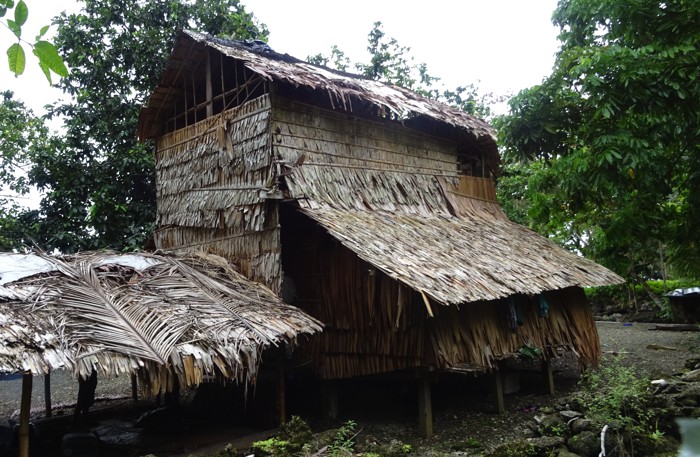
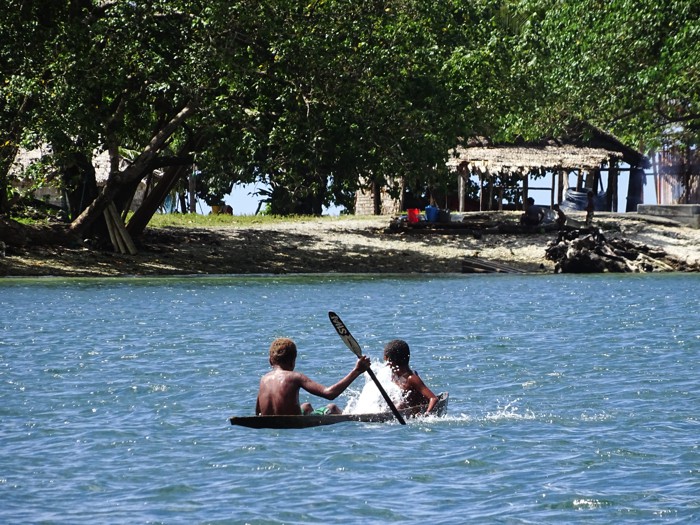
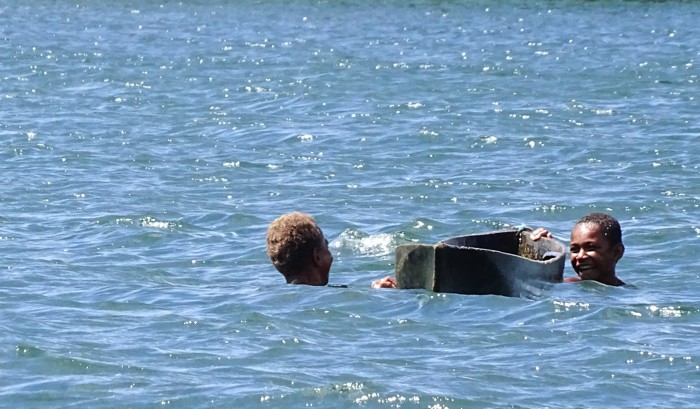
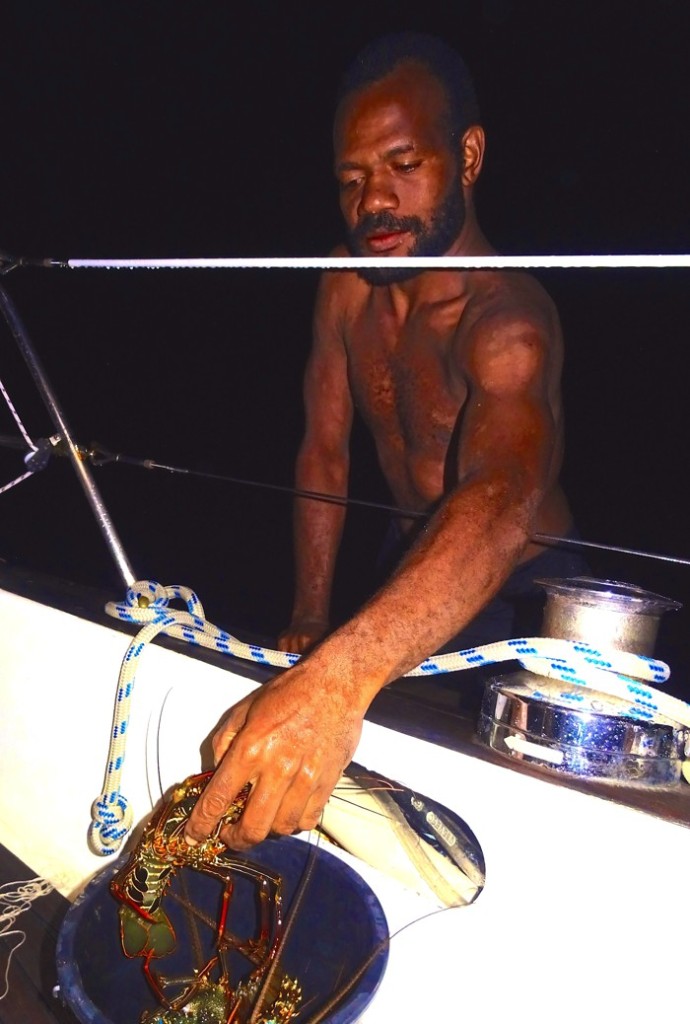
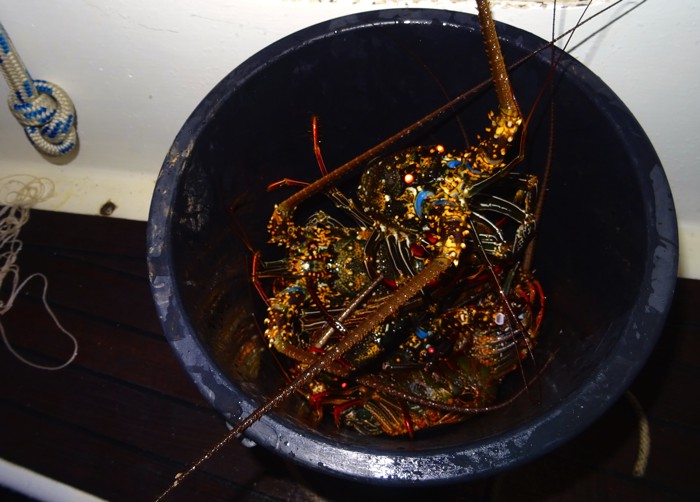
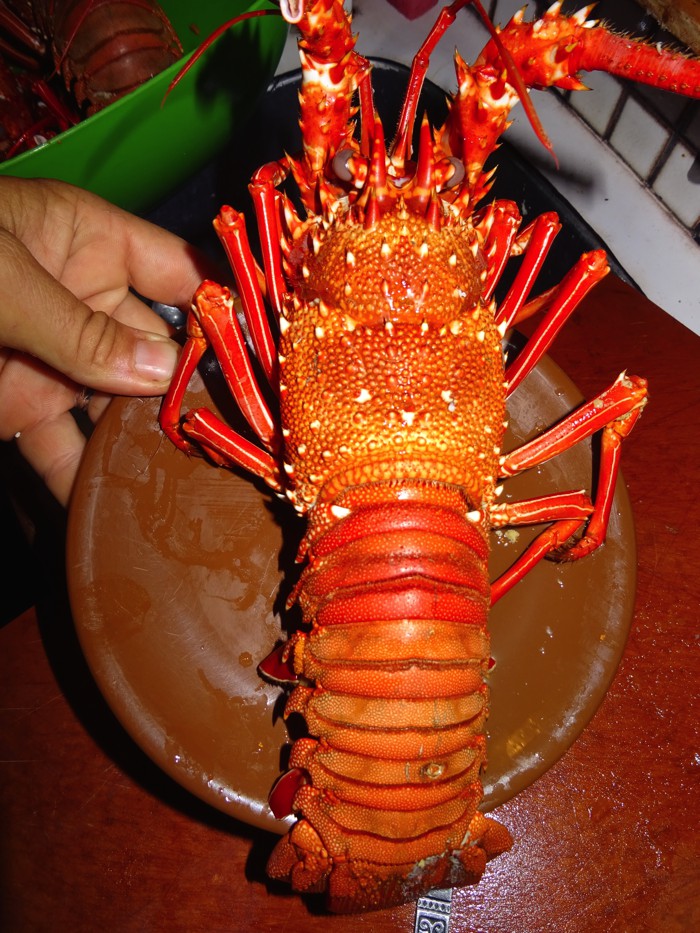
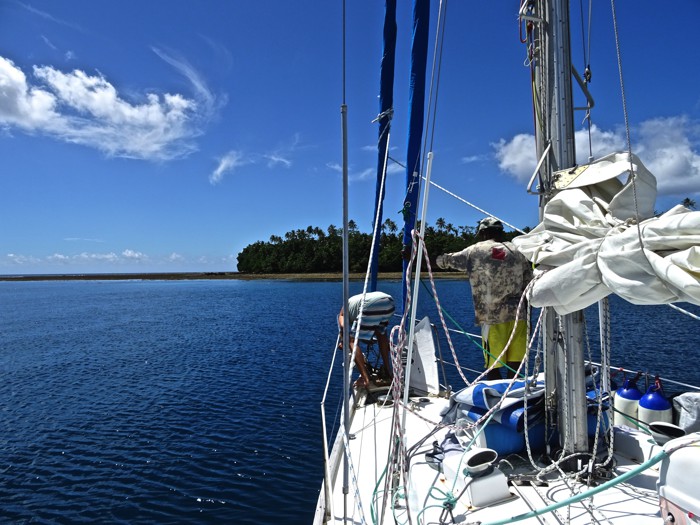
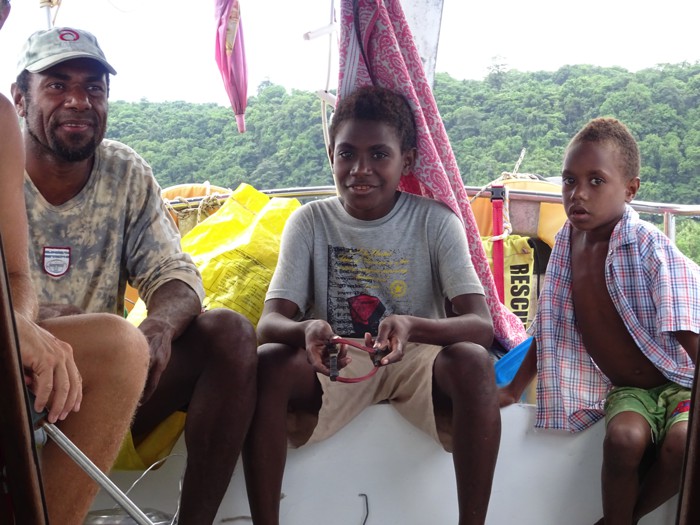
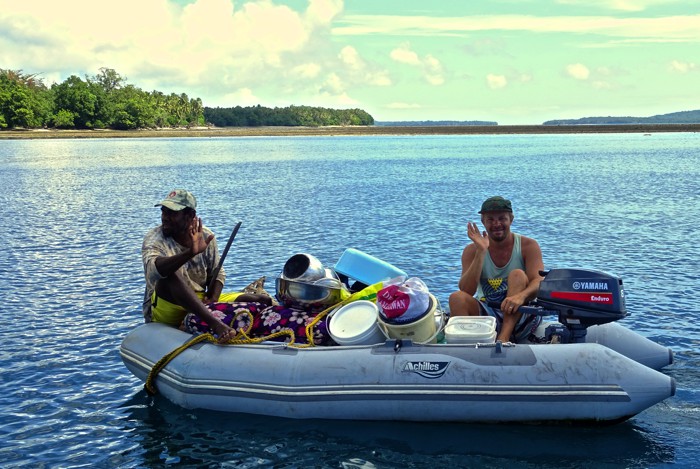
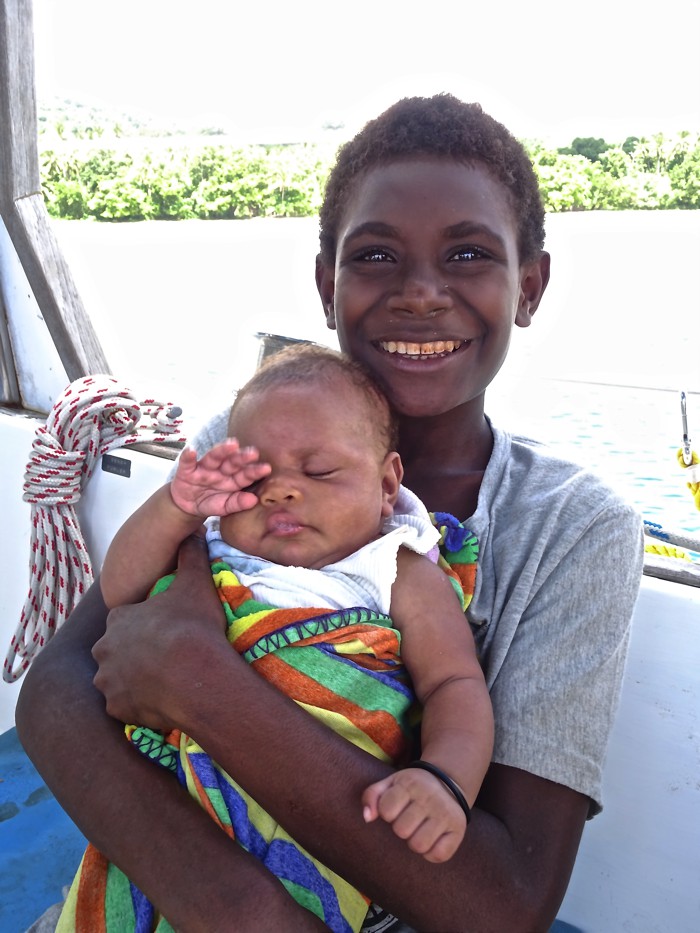
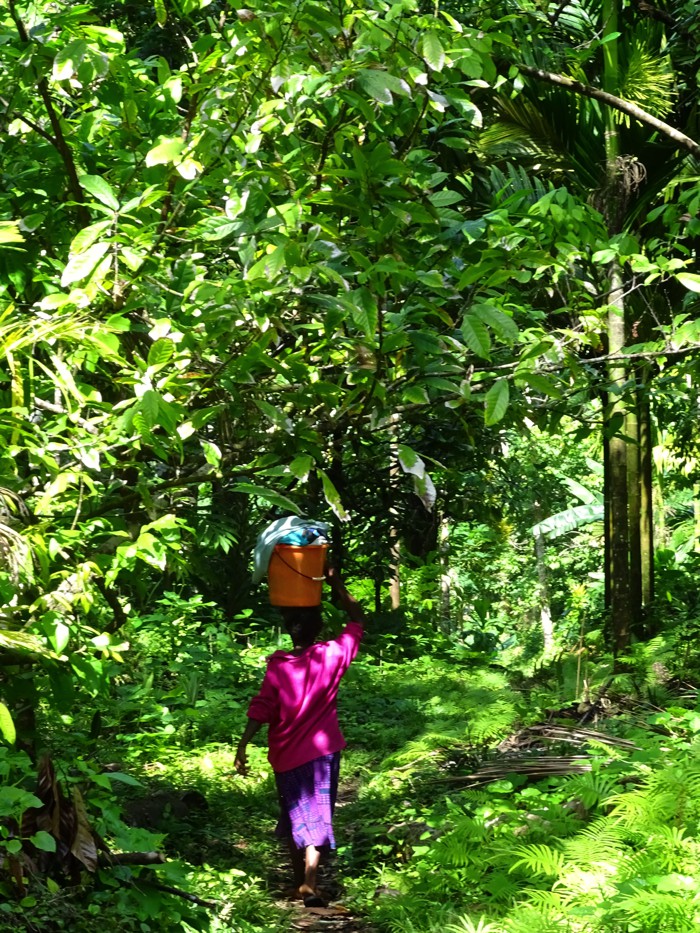
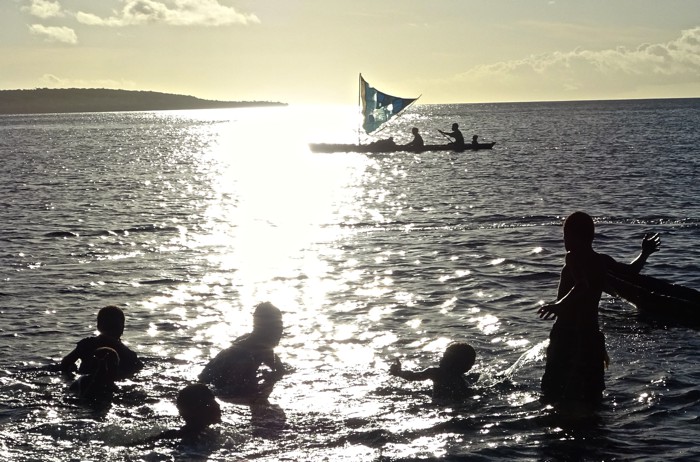
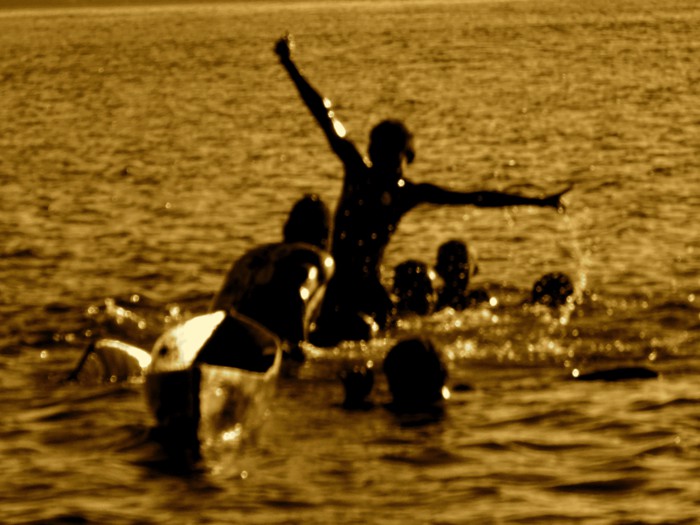
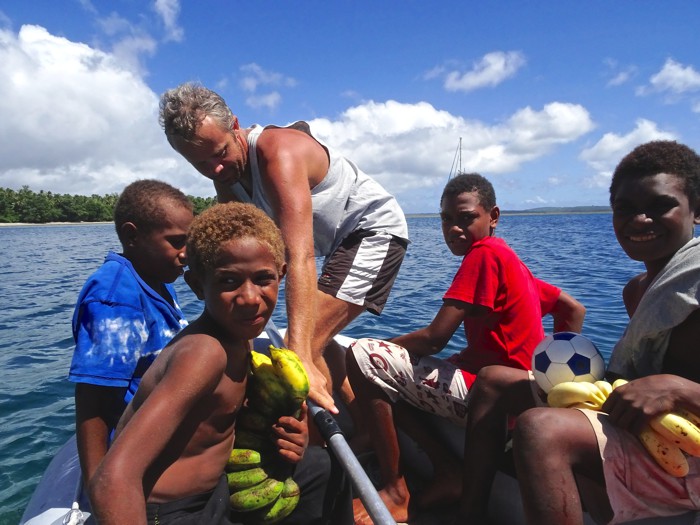
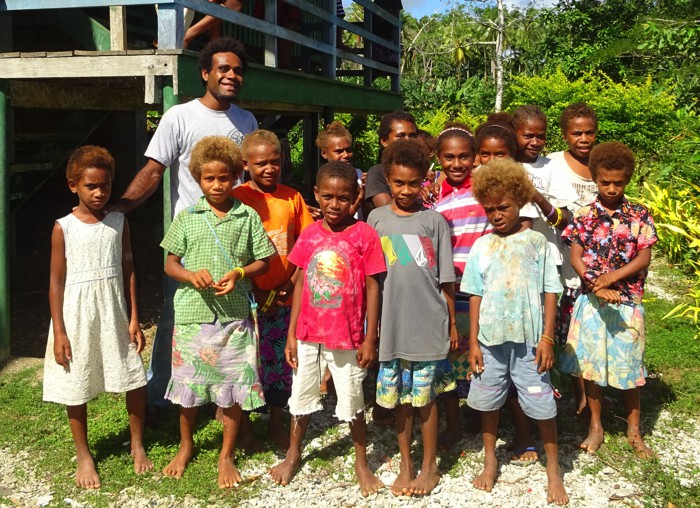
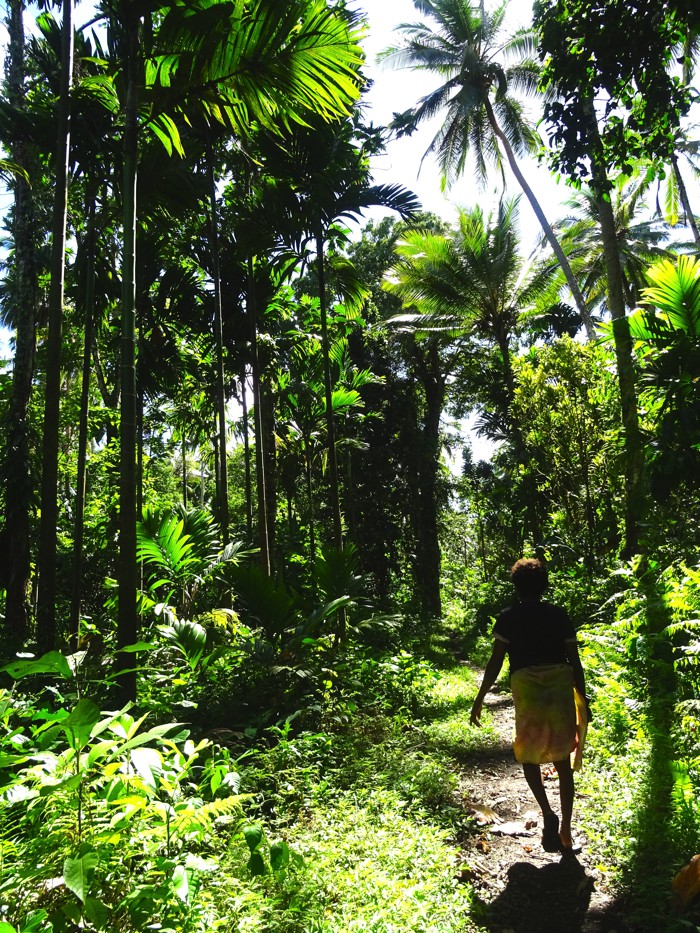
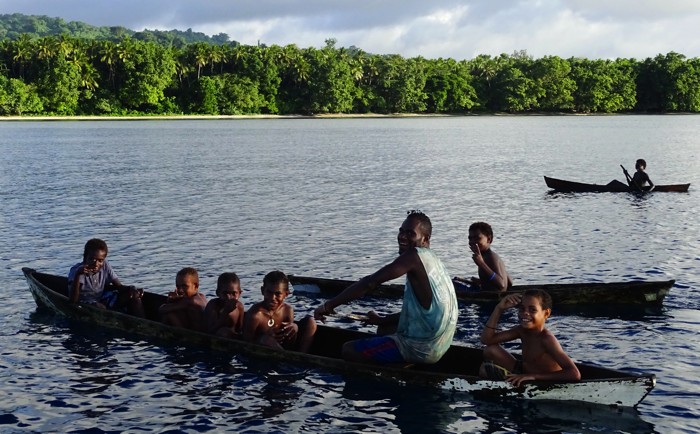
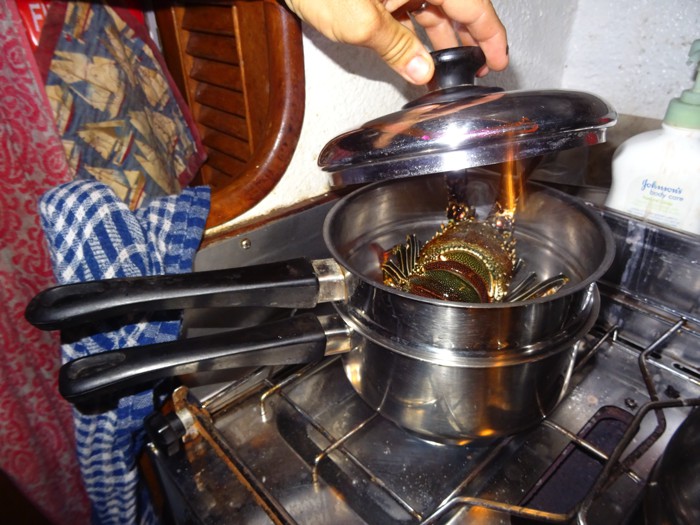
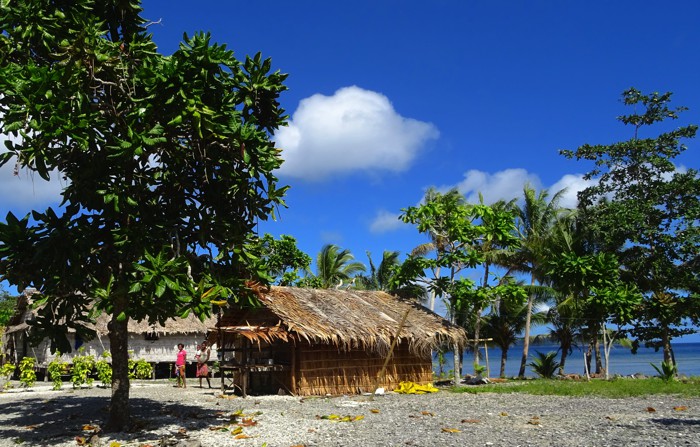
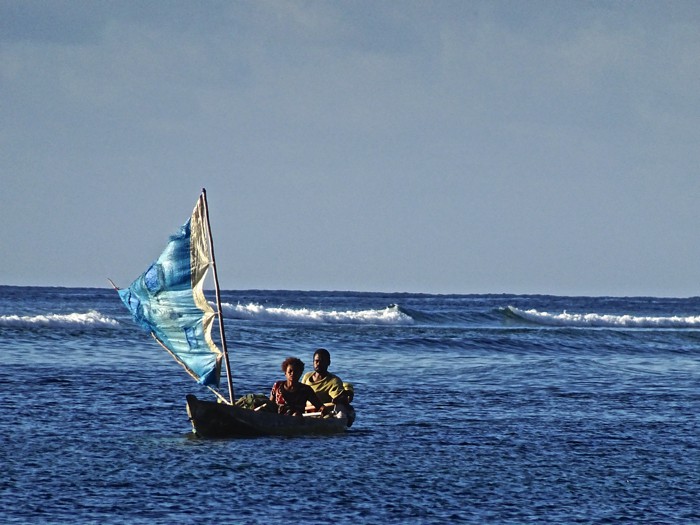
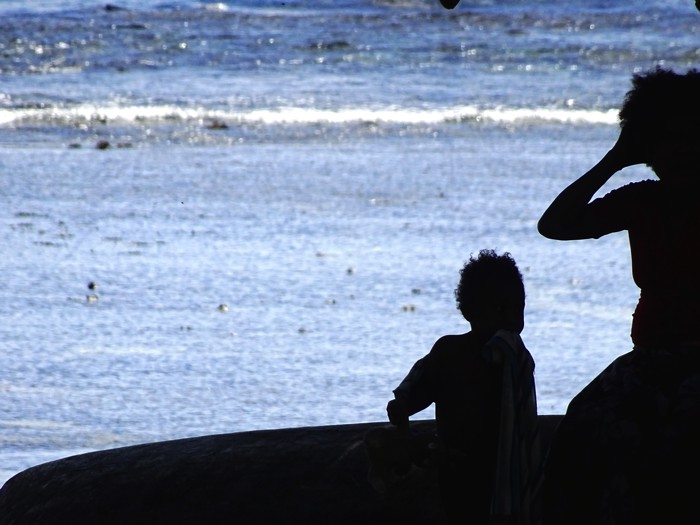
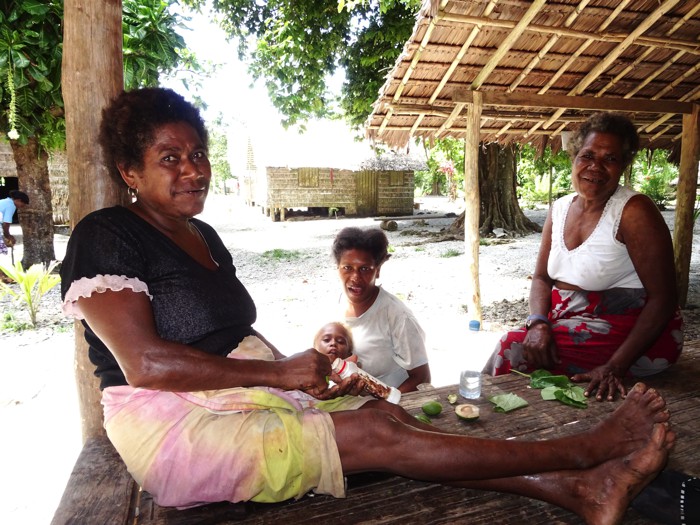
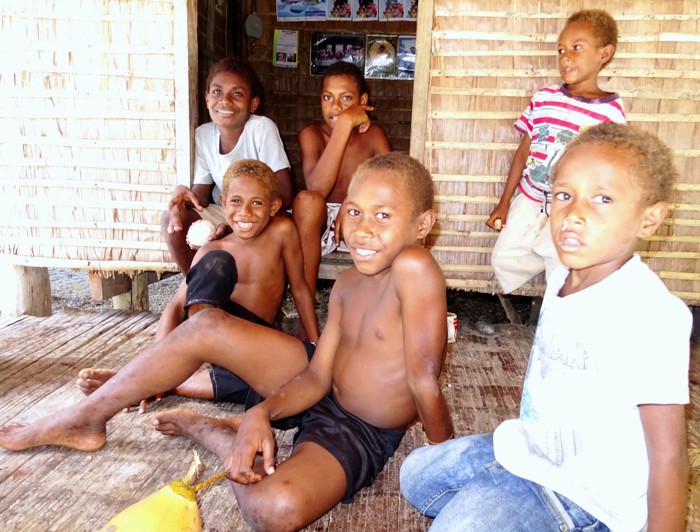
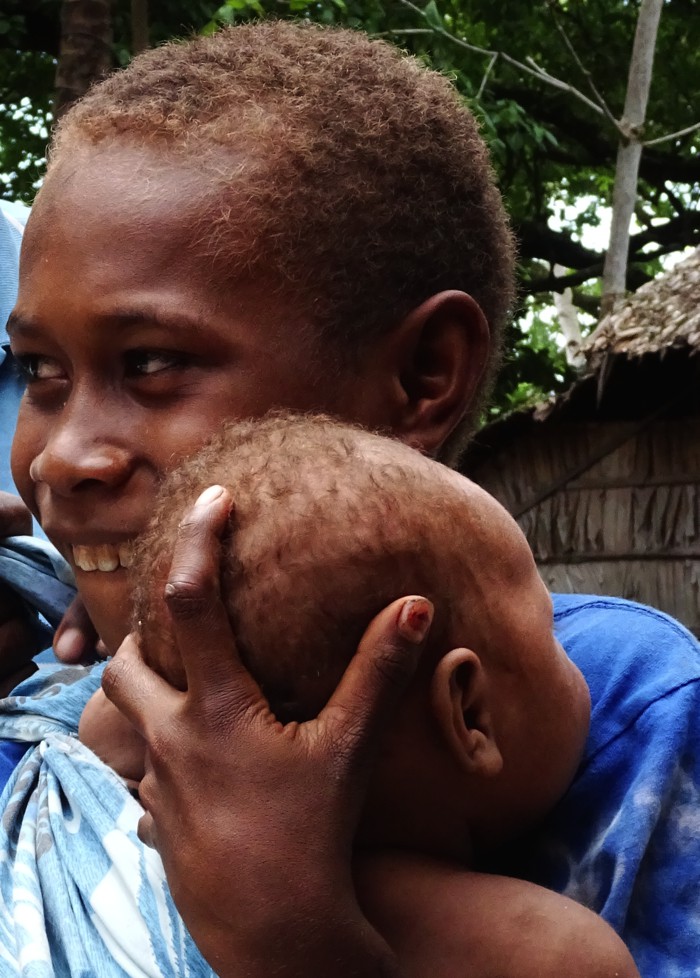
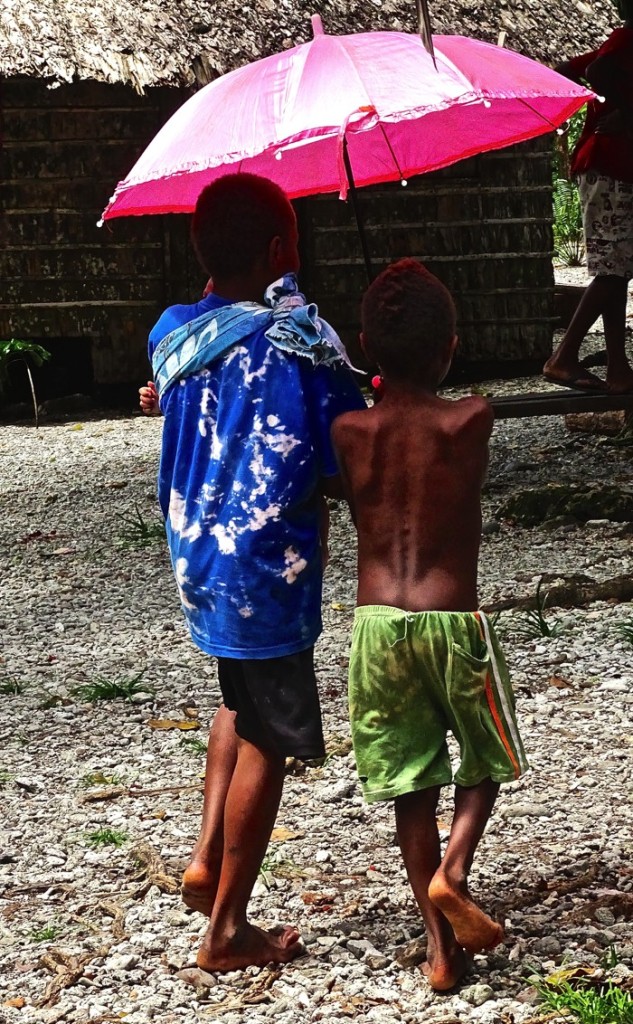
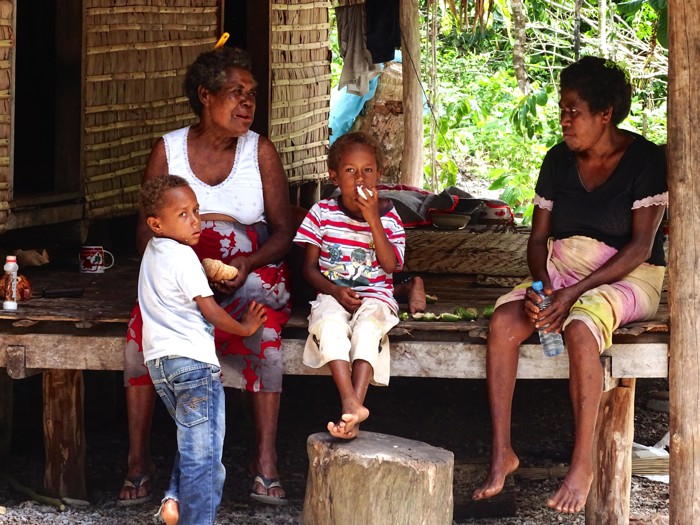
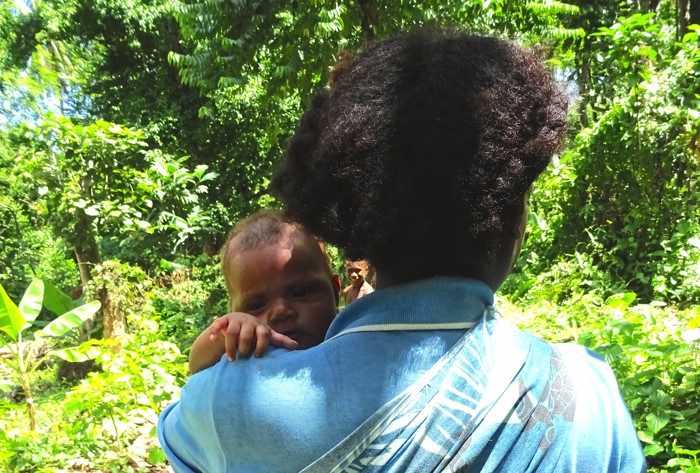
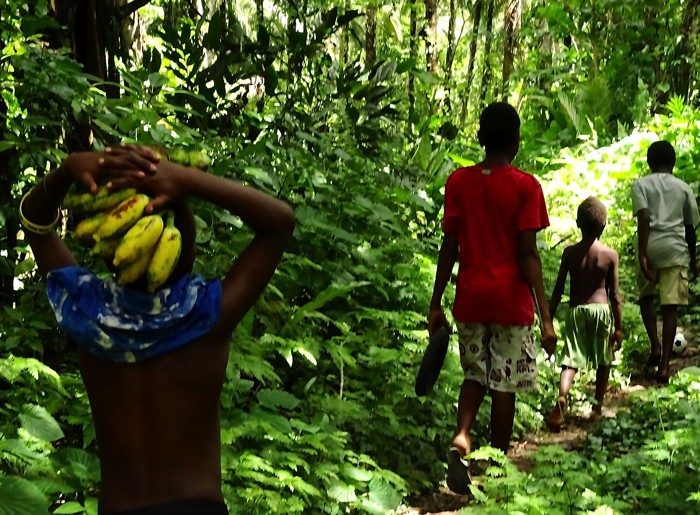
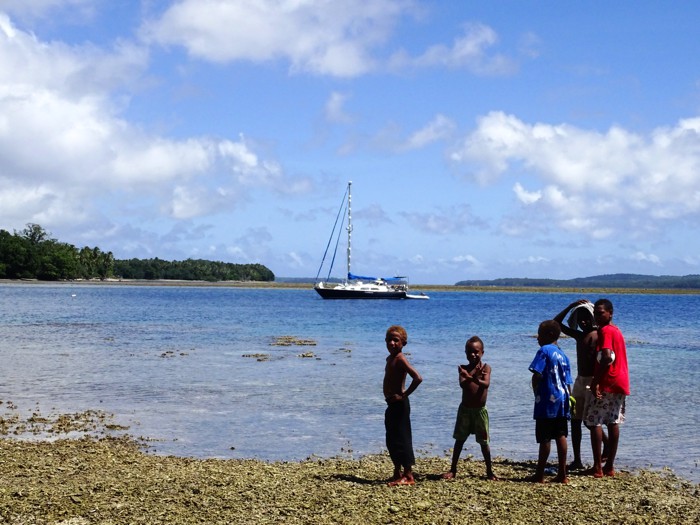
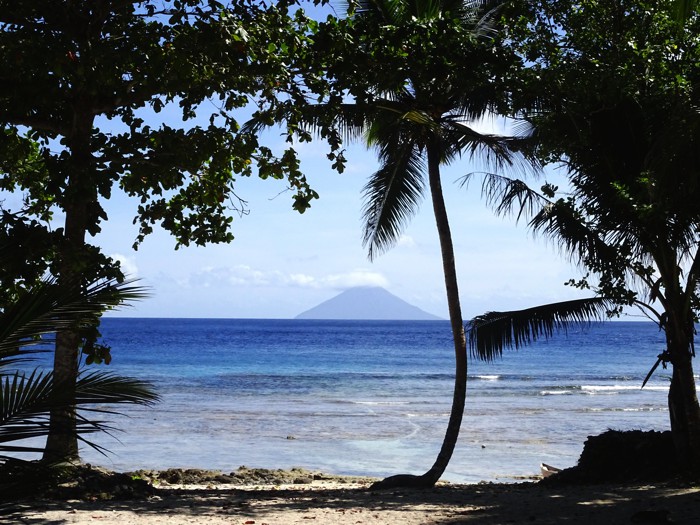
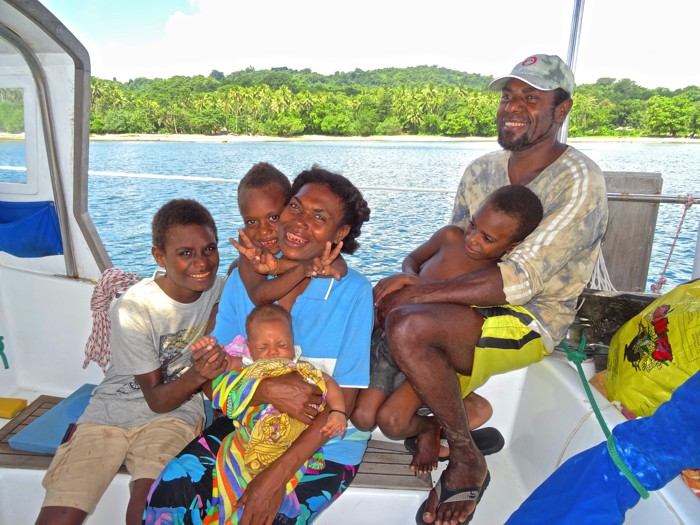













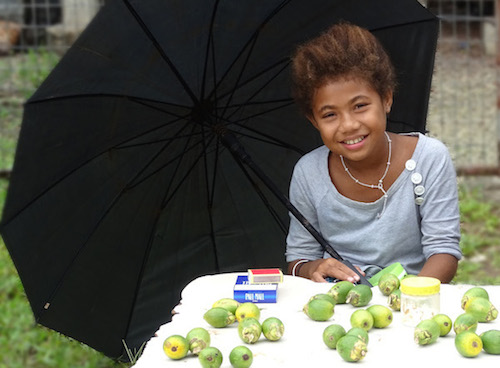
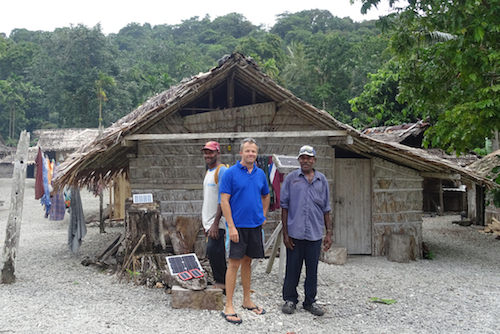
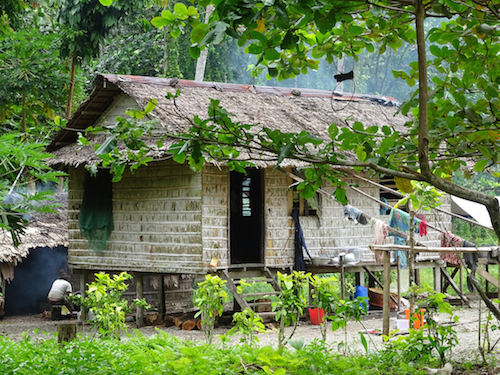
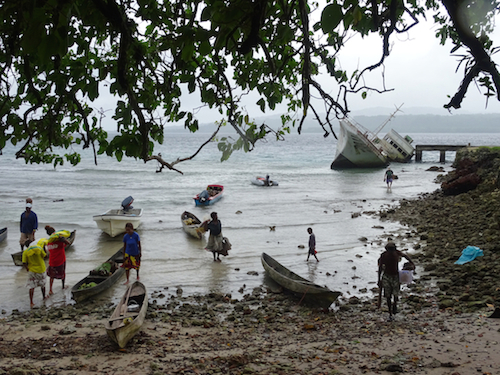
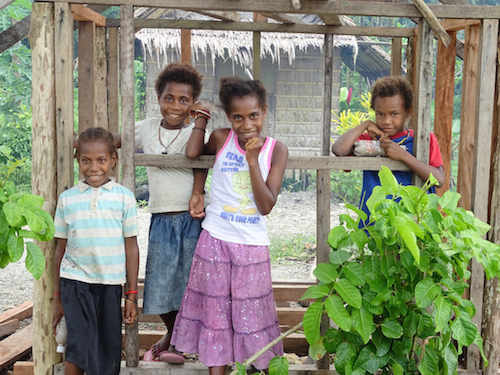
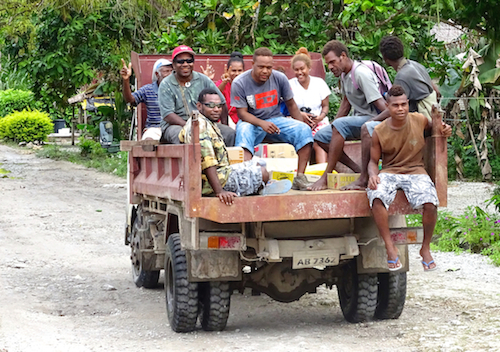
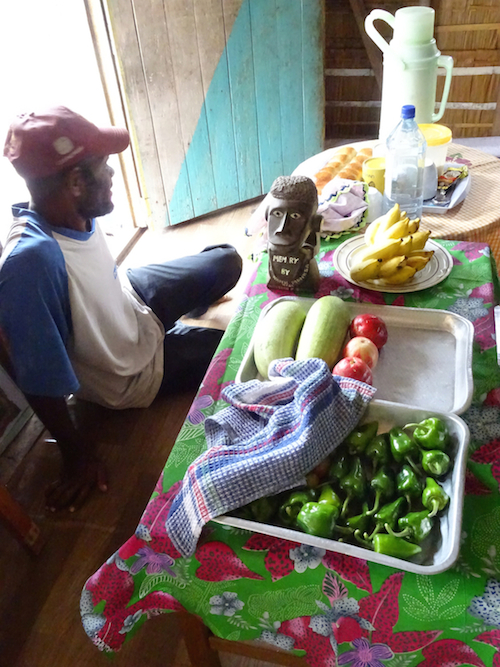
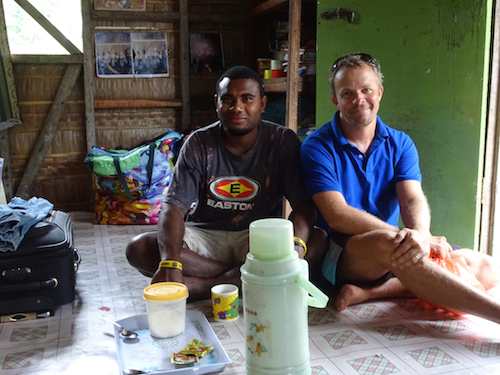
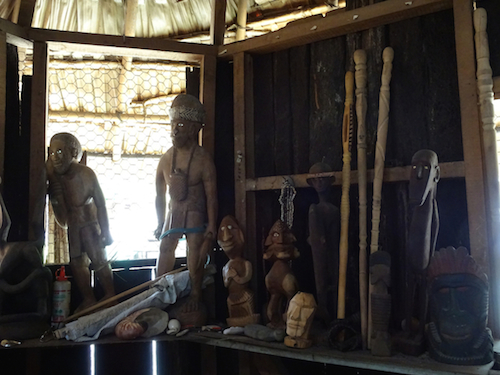
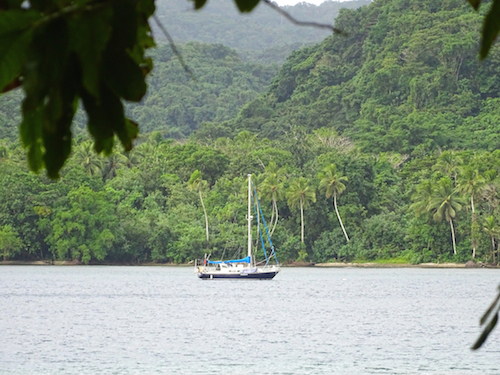
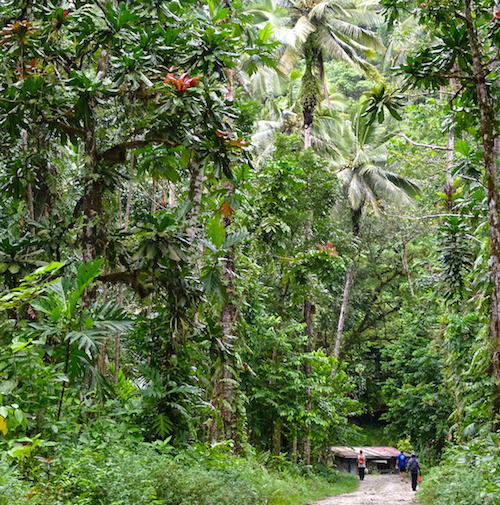
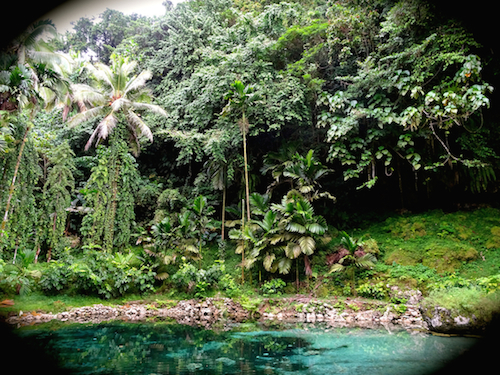
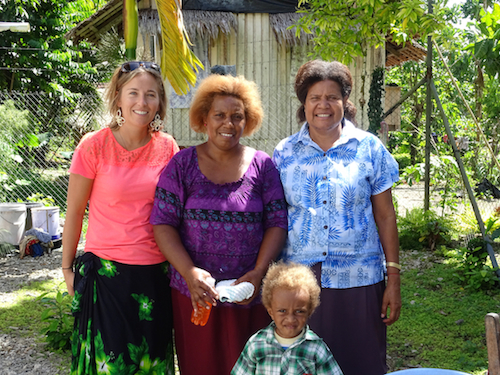
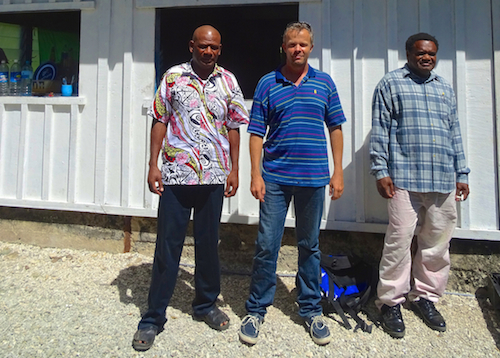

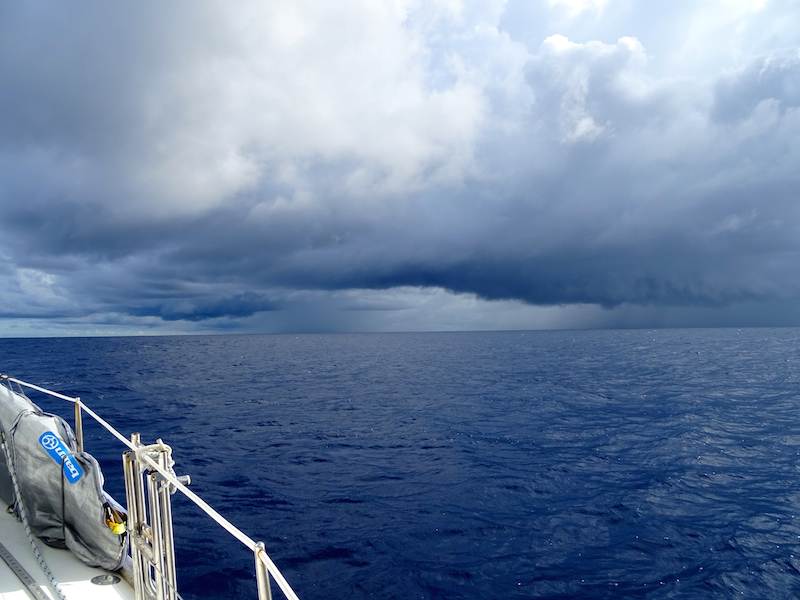
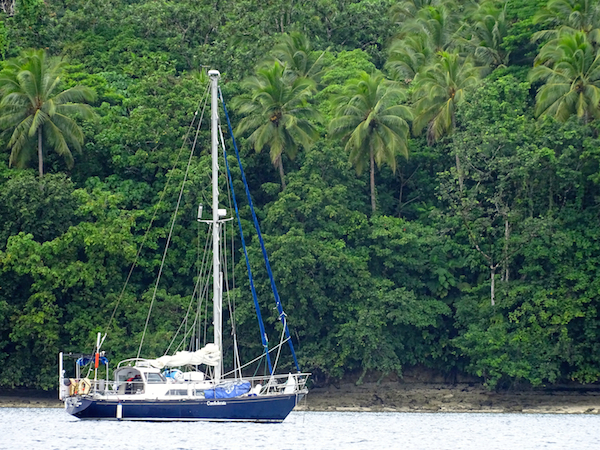
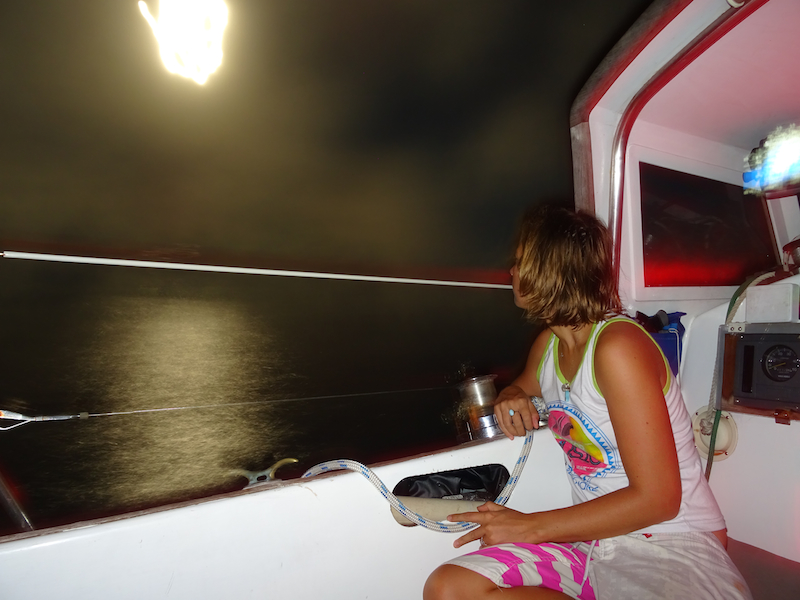
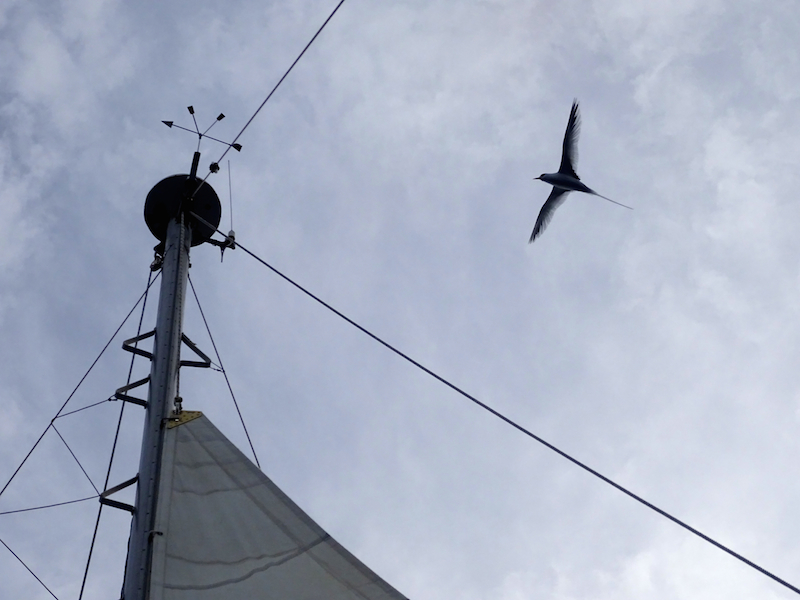
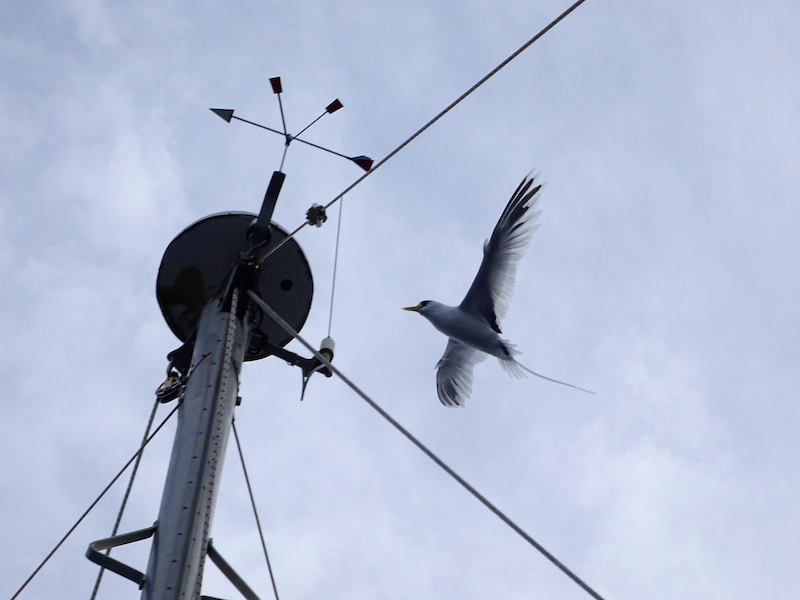
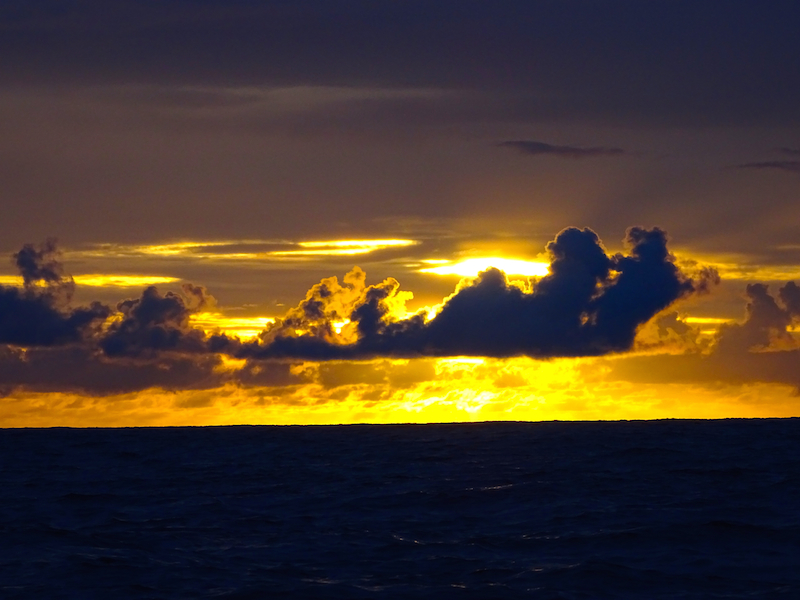
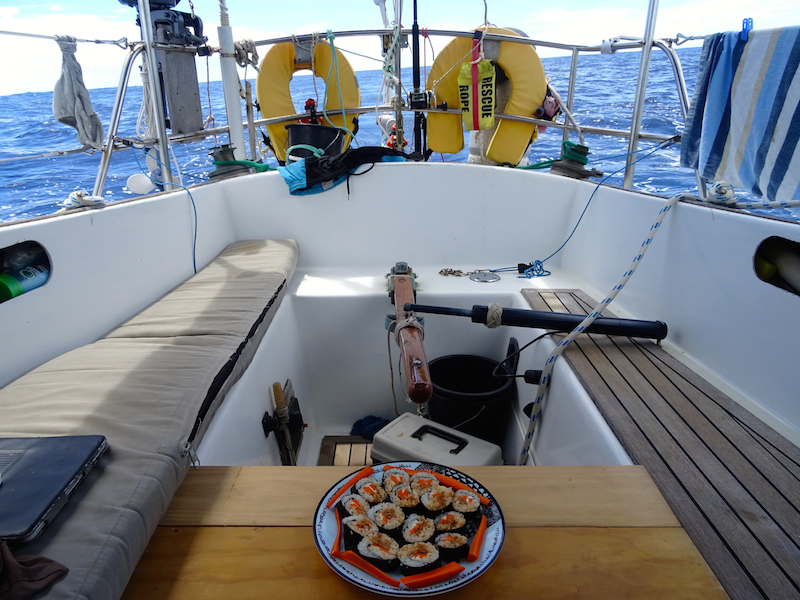
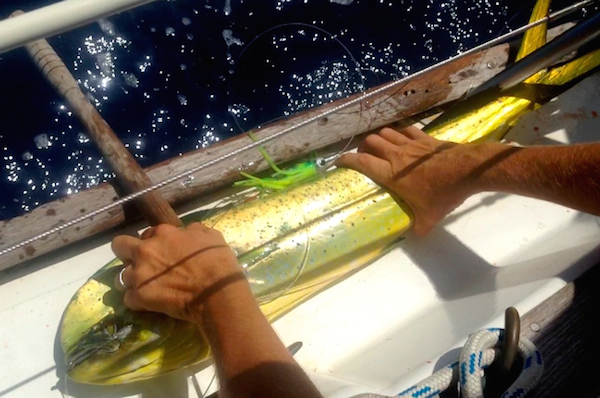
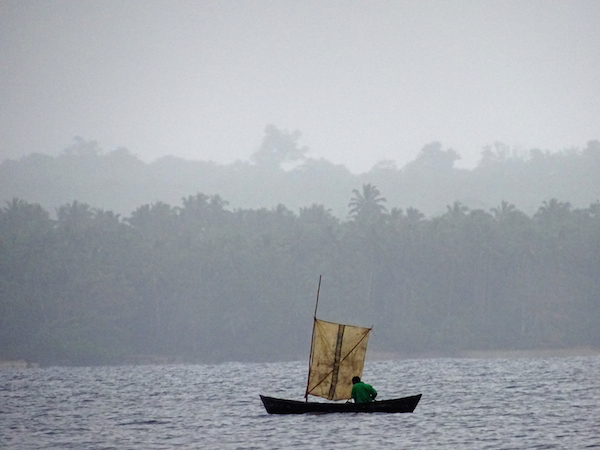
Recent Comments